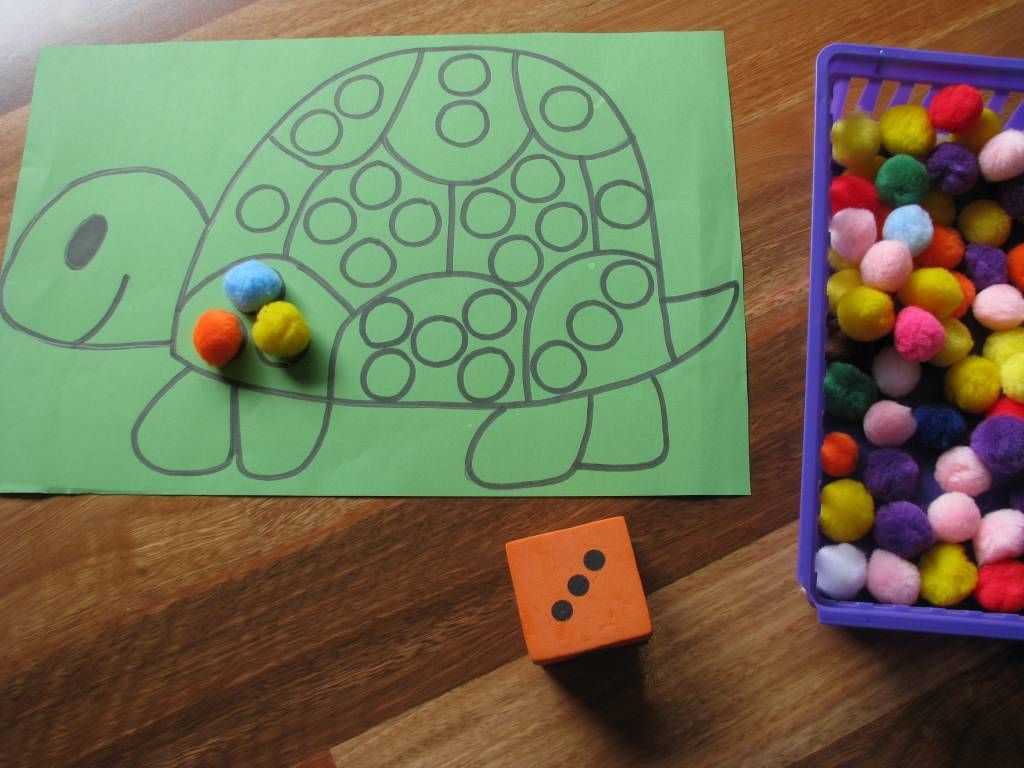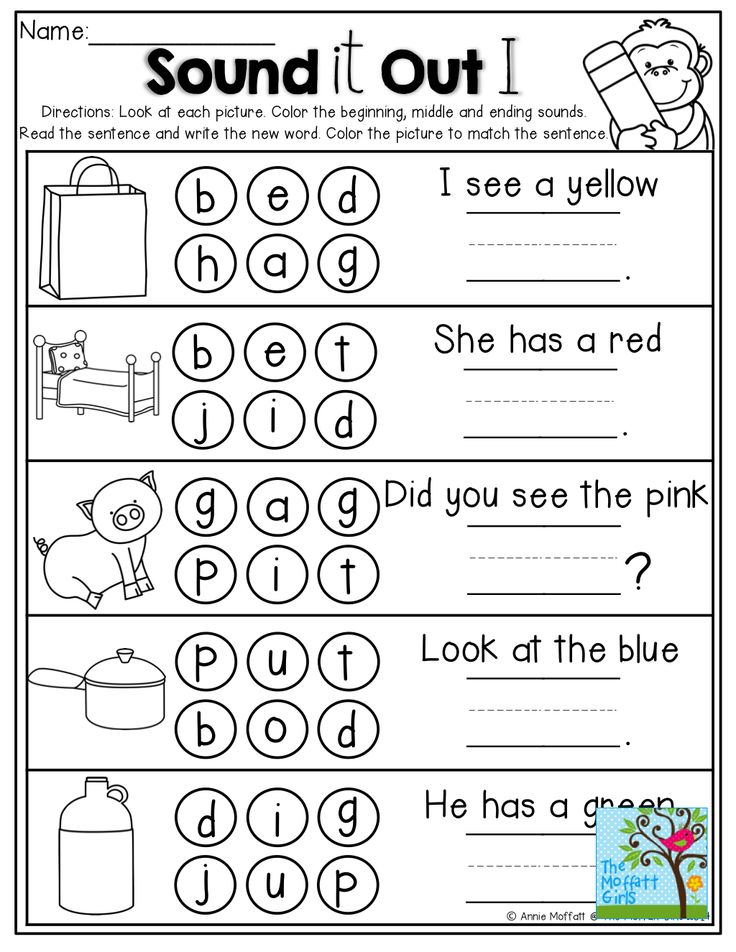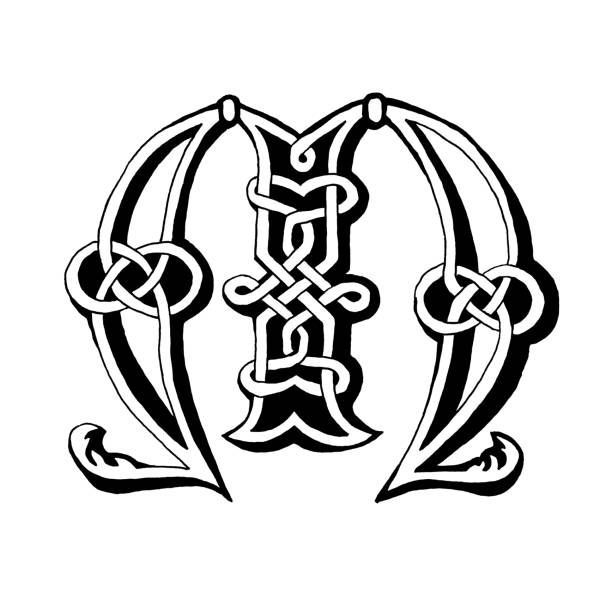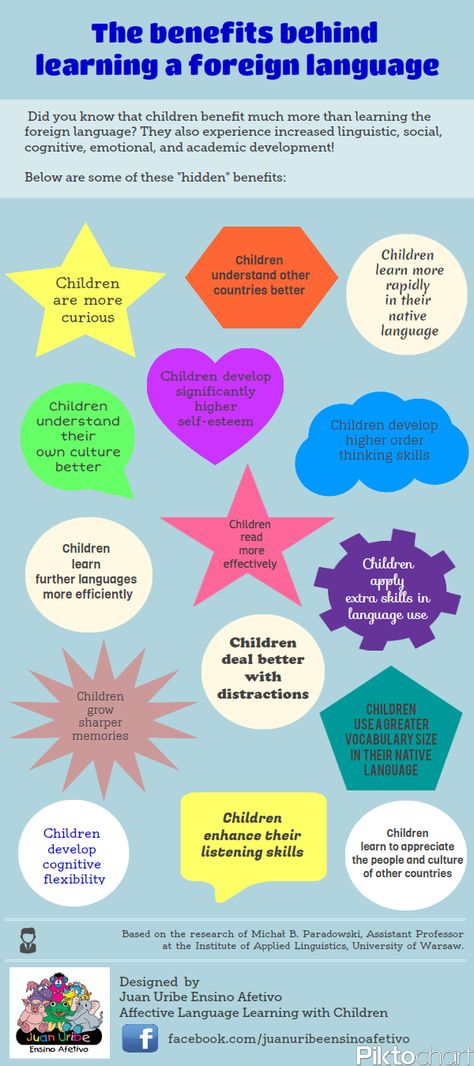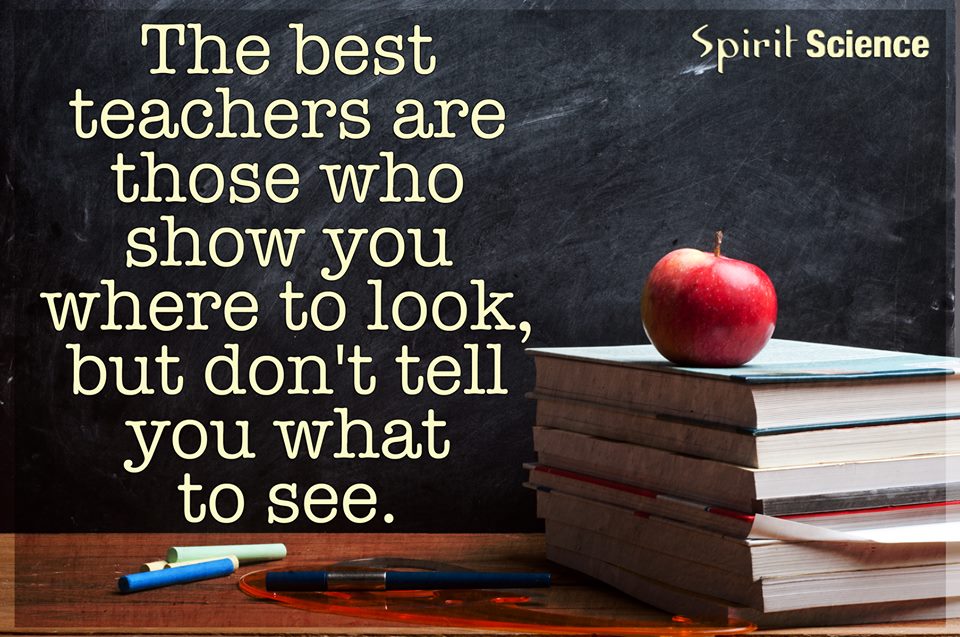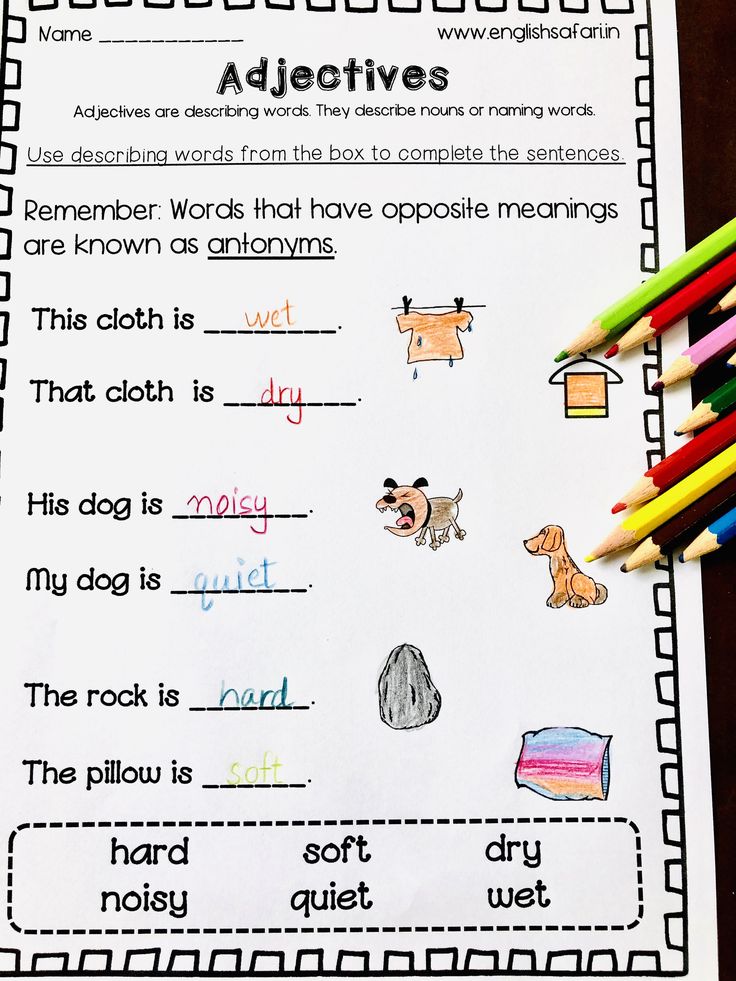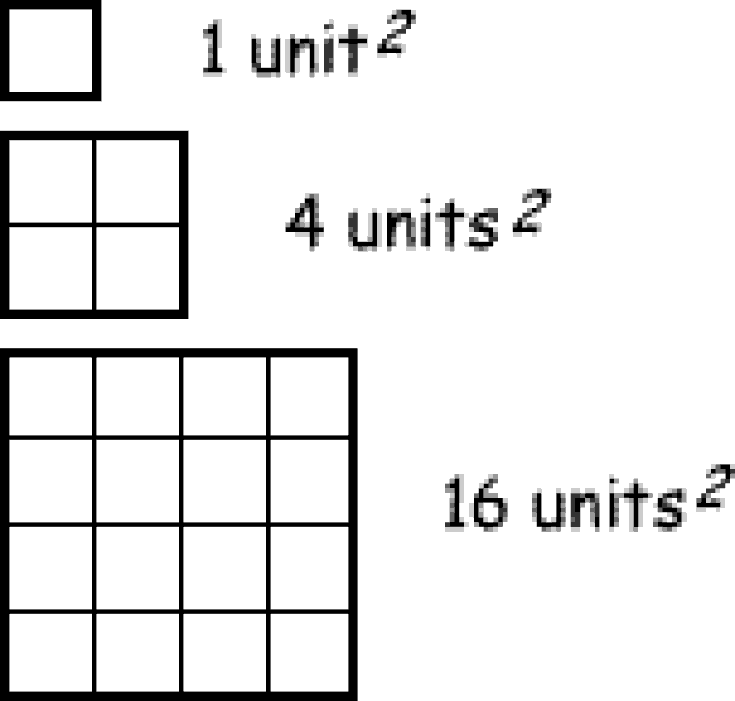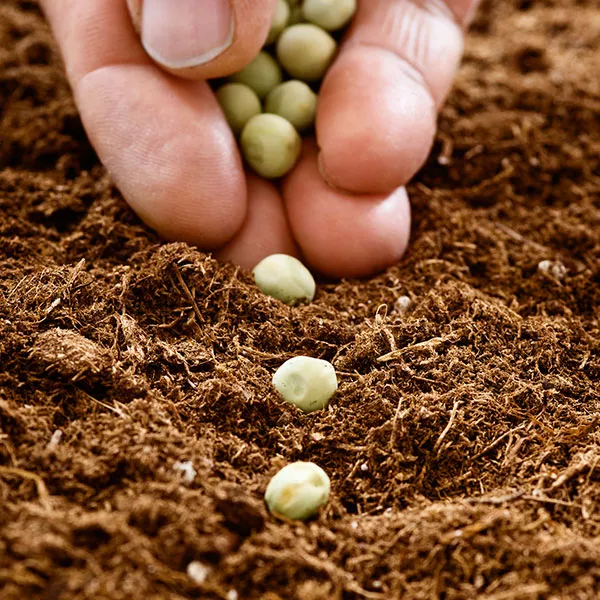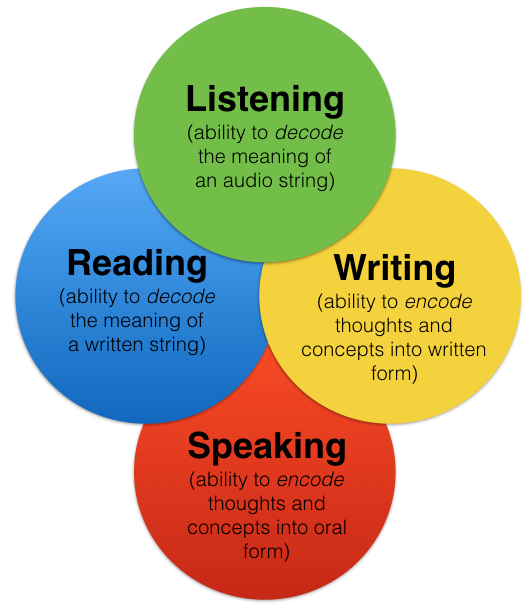Number 4 activities for toddlers
24 Number 4 Activities for Preschool Children
// by Kaitlyn Townsend
While these activities were selected with the "number 4" in mind, most of these activities will work for any number. These math skills are also geared towards busy toddlers, but may also be used for remediation or reinforcement for younger grades.
1. Road numbers
In this activity, kids pick their favorite matchbox car and trace the number by staying on the road using a printed or homemade learning board. After some practice, you could also have students use paint on the matchbox car wheels and try to make their own road. This activity builds motor skills, and writing skills and reinforces number recognition.
Learn more: Gift of Curiosity
2. Ice Cream Math
Kids will love this hands-on math activity, and it's a great way to review counting skills after the summer, or reinforce them at the end of the year! In this fun counting activity, each construction paper "ice cream cone" is marked with a number, and students place the appropriate number of pompom "ice cream scoops" on top of the cone.
Learn more: Fun A Day
3. Dot Painting
This fun activity can be completed in a variety of ways--with a dot painter, with stickers, or even with inked thumbprints. It also reinforces math skills like number recognition.
Learn more: Twisty Noodle
4. Number Find
On this fun math sheet, students are challenged to find the number four in a field of numbers. You could also have students complete this on their own devices for a simple digital math activity.
Learn more: Twisty Noodle
5. Playdough Number Smash
In this hands-on math project, parents can roll out several playdough numbers for their children. Then, they ask their child to find a particular number and smash it. The activity could be extended by adding letters, and other symbols or even asking the preschooler to make their own numbers.
Learn more: Crafts on Sea
6. Alphabet Animal Crafts
In this adorable reproducible book, children can color, cut out and paste fins, wings, ears, and more on the number 4 as well as the rest of numbers 1-10 and the alphabet.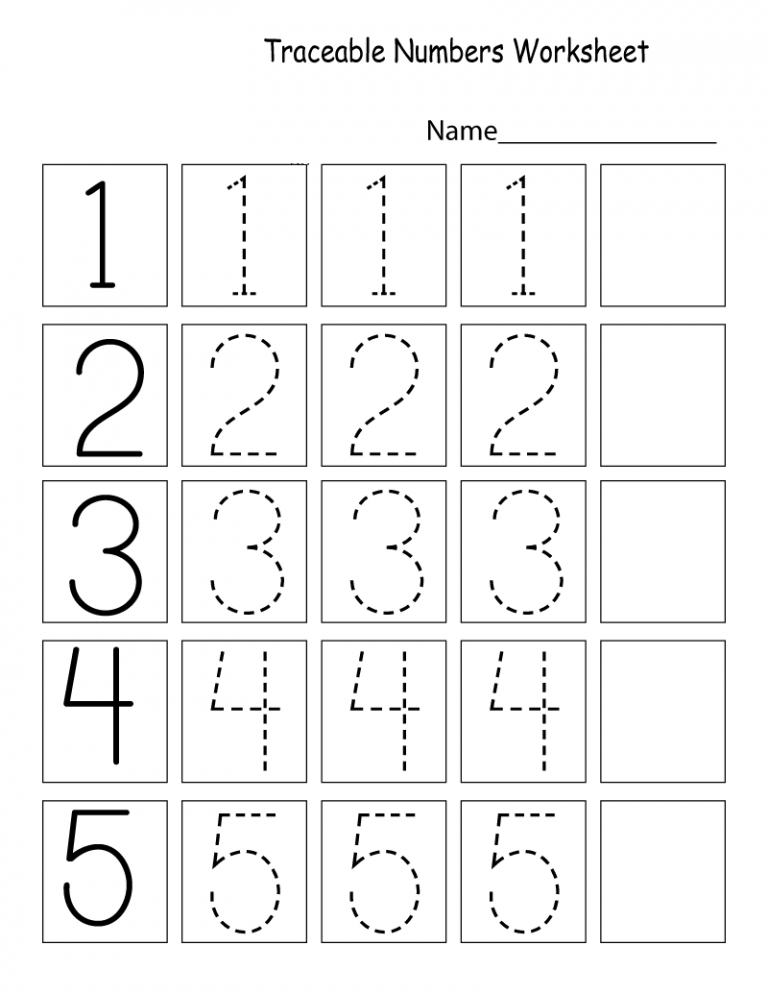 This is a great creative learning activity for little ones.
This is a great creative learning activity for little ones.
Learn more: Amazon
7. Sticker Number Match
All you need is some colored dot stickers, a marker, and butcher paper for this learning activity. After pre-writing numbers on the dots, children have to the correct sticker inside the number's outline. This fun hands-on activity is also great for developing fine motor skills.
Learn more: Busy Toddler
8. Post it Note Number Match
Similar to the previous activity, in this counting game, preschoolers must match up the post-it note with the Arabic number with the correct number of dots on the wall. This fun game could be extended to kindergarten children by making it into a race.
Learn more: Busy Toddler
9. Counting to Number 4 with Sesame Street
Sing and practice counting to four with characters from the beloved children's show, Sesame Street, and singer, Feist.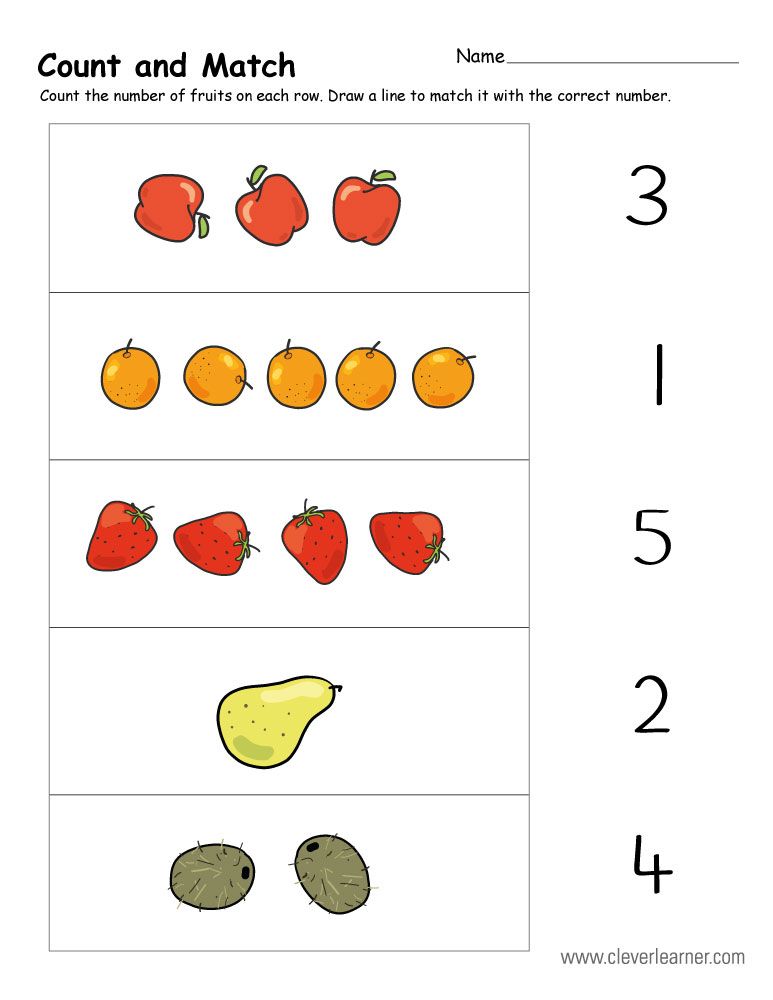
Learn more: Sesame Street
10. Groovy Button Scavenger Hunt
In this fun button activity, children are tasked with picking out four red buttons, or four small buttons, or...be creative with categories or change up the number. This hands-on learning activity could even be turned into some fun math art. This could also easily be turned into a shape sorter activity.
Learn more: Amazon
11. Fish in the Pond
Kids love counting activities that involve food! In this hands-on counting game, students place the correct number of goldfish crackers in each of the "ponds"--and get to enjoy a tasty snack at the end. This is a great way to reinforce counting up to four. Similarly, ponds could become different cookie shapes and students could count with chocolate chips.
Learn more: Oh Hey Let's Play
12. Number 4 Puzzle
This simple puzzle is a great way to introduce the number 4, and what it looks like. Students can also get some motor practice by cutting up their puzzles ahead of time.
Students can also get some motor practice by cutting up their puzzles ahead of time.
Learn more: Twisty Noodle
13. Pumpkin Pie Puzzle
These math manipulatives are great for students ready to take it to the next level. The set includes numbers 1-10 but could be introduced in pieces. Students have to match dice, pumpkins, tallies, and Arabic number together to form a pie.
Learn more: 123 Homeschool 4 Me
14. Kite-Themed Math
This fun number activity is wonderful for the spring. Students attach pipe cleaners to each sheet of paper and then string the correct number of beads on each kite's tail. This is a great way to practice counting skills.
Learn more: Teach Beside Me
15. Number 4
This math video from Smile and Learn teaches young ones to count objects, what 4 is called, how to trace it, and more.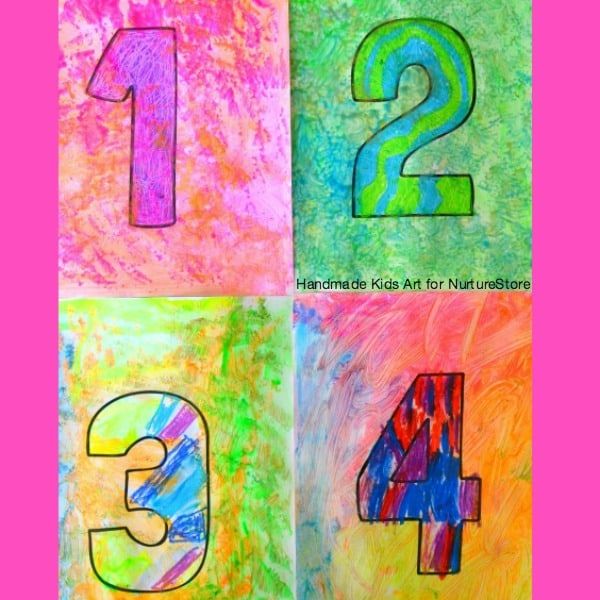 It's lots of fun for preschoolers, and a great way to introduce a new number.
It's lots of fun for preschoolers, and a great way to introduce a new number.
Learn more: Smile and Learn - English
16. The Number Four
This hilarious and catchy song about the number four is such an entertaining way to reinforce basic math skills. In this fun math lesson, the song provides lots of familiar and unique examples of the number four.
Learn more: Netflix Jr.
17. Number Hop
This slightly harder math worksheet is still a fun math game to reinforce 4. Students have to either find the number 4 or sets of 4 dots to get the frog across the circles.
Learn more: Clever Learner
8. Hands-On Number Worksheets
This counting printable is available for number 4, and all the other numbers 1-10.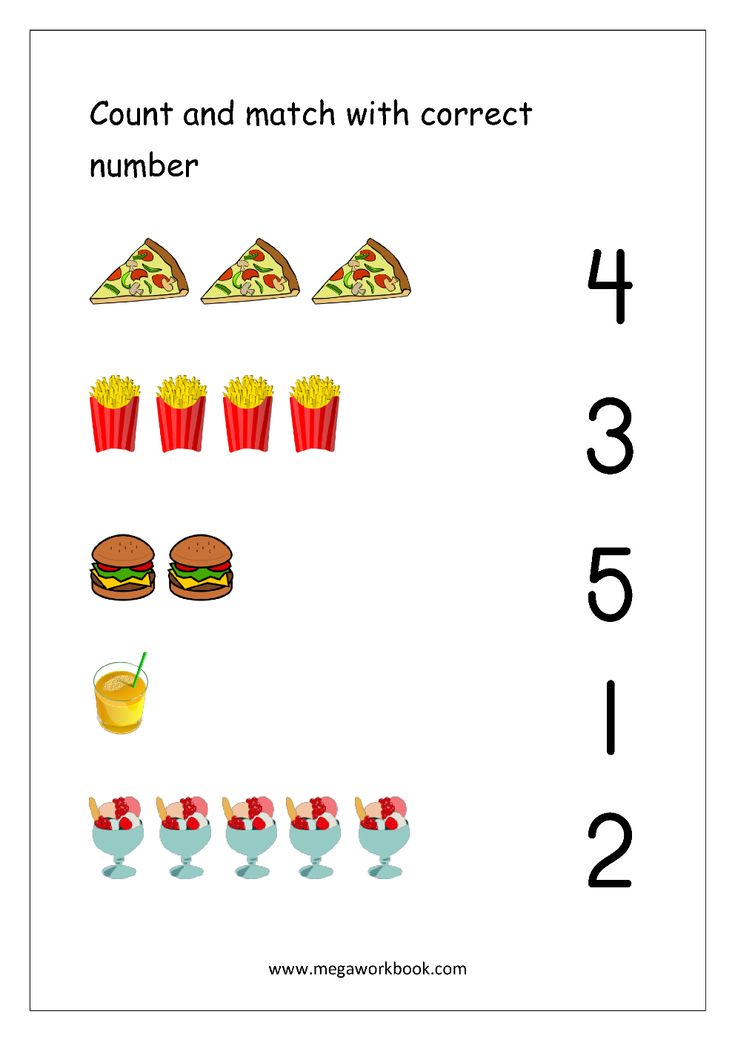 This learning experience combines a variety of activities and is a great way for students to practice several math ideas.
This learning experience combines a variety of activities and is a great way for students to practice several math ideas.
Learn more: The Measured Mom
19. Number Sensory Bin Hunt
This creative learning idea is an exciting way to wrap up a math lesson plan. In this fun counting game, bury foam numbers in shaving cream in a bin. As students discover numbers, they have to wash them off in a separate bin and then match them on a number line.
Learn more: Happy Toddler Playtime
20. Outdoor Number line
This fun learning activity is great for the outdoors. Using chalk, draw a large outdoor number line. Then ask children to walk to number 4, or hop to number 1. This is a great way to introduce the concept of more or less, an important foundation of math.
Learn more: Empowered Parents
21. Nature Walk
Discover math concepts in the real world! Outdoor activities for preschoolers are a great way to promote discovery and reinforce math skills.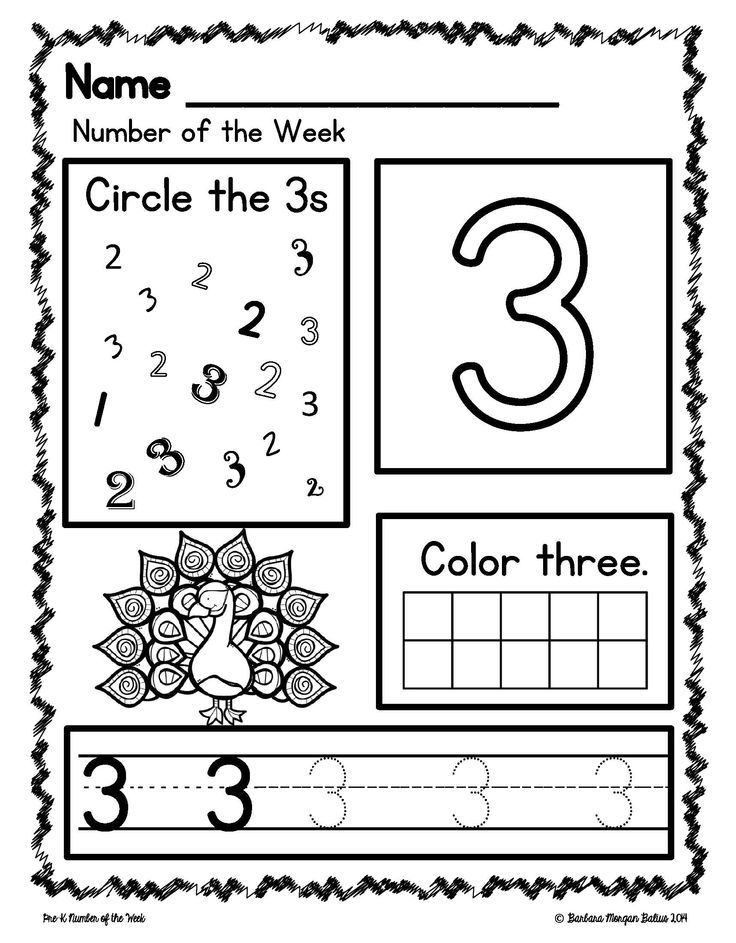 Go on a walk in the neighborhood or in the woods and ask students to find examples of the number 4 in nature (ex: groups of leaves, clovers, ducks, etc).
Go on a walk in the neighborhood or in the woods and ask students to find examples of the number 4 in nature (ex: groups of leaves, clovers, ducks, etc).
22. The Number 4
This colorful book by Ella Hawley is a great math picture book to add to a counting unit! It highlights the number four in everyday life. Children practice counting throughout the book.
Learn more: Amazon
23. Shape Sorter
In the original activity, kids sort colorful shapes into matching ice cube slots. This shape sorter activity with ice cube trays can be easily extended for students to practice not only sorting geometric shapes but numbers as well.
Learn more: Mess for Less
24. 123 (4) Parking Lot
This letter matching activity facilitates children matching upper and lowercase letters by parking cars. Similarly, by changing the labels and "parking lot", kids could practice matching Arabic numbers to dots, groups of objects, tallies, and more.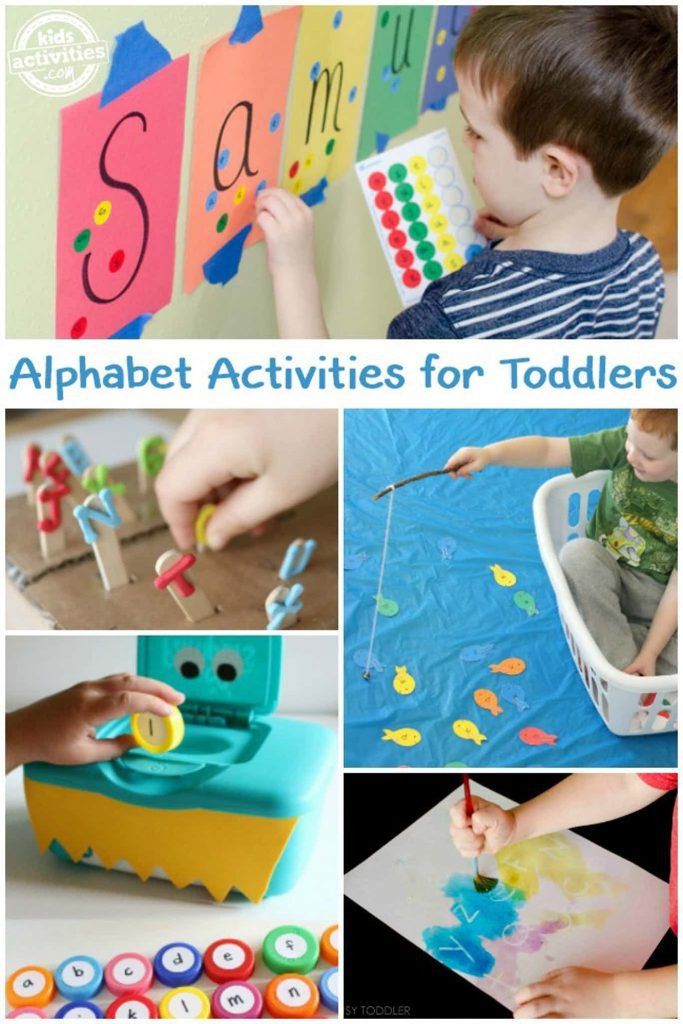 This activity encourages child number recognition, an important concept for children.
This activity encourages child number recognition, an important concept for children.
Learn more: 7 Days of Play
Related posts:
Category: Classroom Ideas
40 Awesome Number Activities for Preschoolers
You are here: Home / Activities / Learning / Math & 123s / 40+ Awesome Number Activities for Preschoolers
27 Apr
Math & 123s
PopularPreschoolersCounting
Numbers
Resources59 Comments
SHARE POST
Number activities for preschoolers don't have to be boring and just worksheets, make them fun so your preschooler will love math!
I love math. I’m a nerd, yes. But I love anything to do with numbers.
I really do hope I can pass this along to my kids by making learning activities about numbers and counting fun for them and not a chore.
As I’m typing this, Henry’s shouting excitedly as he’s counting how many things on his sprayer…though I’m not really sure what he’s counting exactly. He made it to 39 though!
Because I’m a huge math nerd I searched for easy and fun number activities for preschoolers.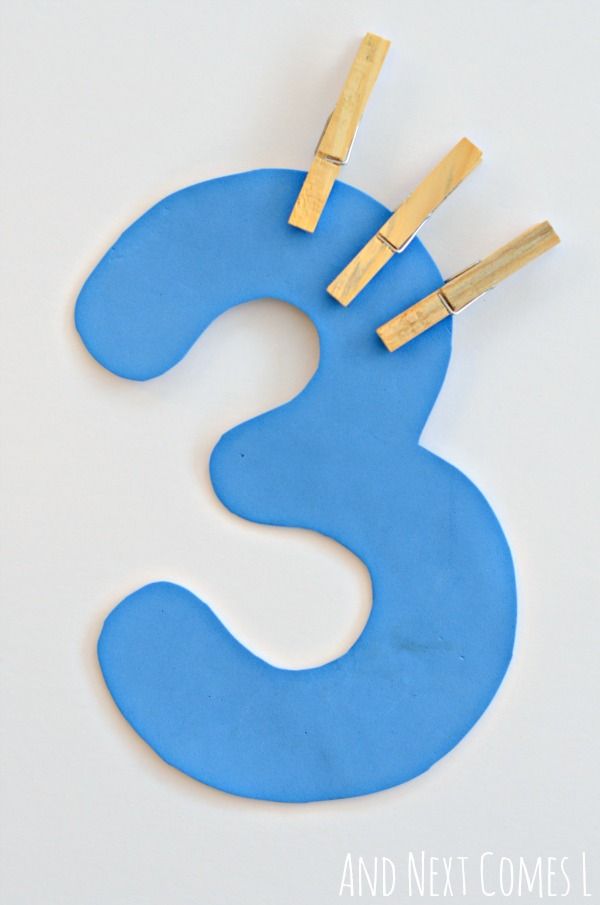
My Favorite 40+ Number Activities for Preschoolers!
Try these activities to help preschoolers learn their ABCs!
Recognizing Numbers Activities for Preschoolers
Identifying numbers can be a learning experience for preschoolers (and younger!). Many of the ABC recognition activities can also be adjusted for numbers.
My kids love these 12 number activities for preschoolers to recognize numbers.
- Turn a number into sensory art – perfect for the 100th day of school!
- Go on a hunt for numbers and match it with the same number!
- Follow a number from start to finish in a maze.
- Trace numbers, really big!
- Little Family Fun created a parking lot with numbers.
- Pop! Find the number and pop it!
- Find and match playing cards.
- Have target practice with water balloons and numbers, like Motherhood on a Dime
- Make art! Do this paint by number canvas art.
- Use stickers and printable number cards to play hide and seek, from Teach Mama.
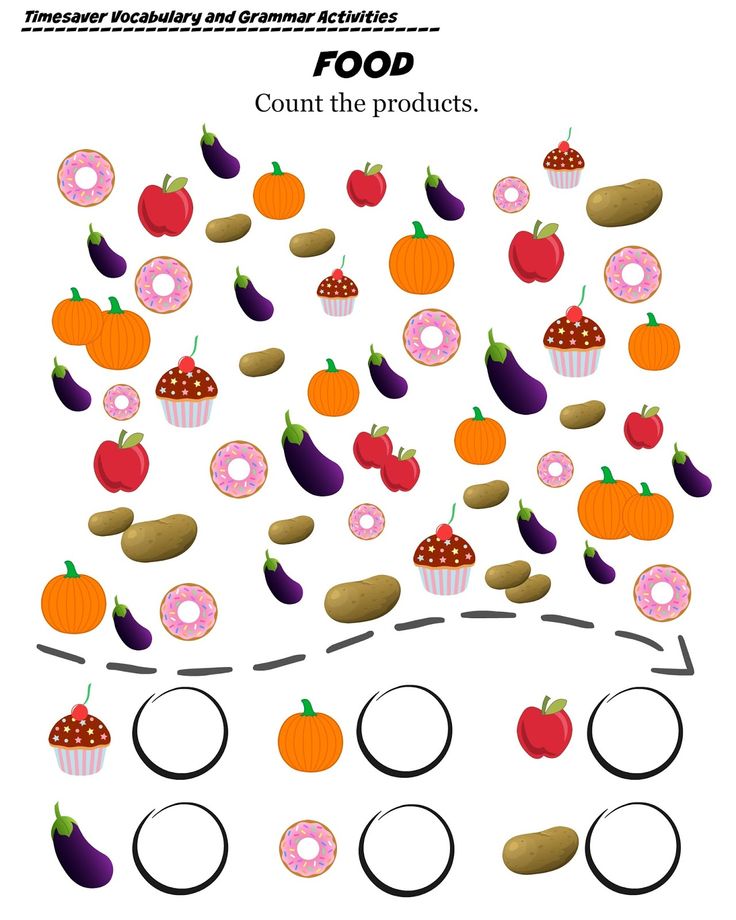
- Draw and paint over numbers with q-tips, like Toddler at Play!
- Clip and match with giant numbers from You’ve Got This Math!
Activities for Number Recognition
Counting Activities for Preschoolers
Learning there’s a sequence to the numbers and what comes next. Try these 18 number activities to help preschoolers learn to count.
- Connect the dots! A simple past-time activity that reinforces the order of numbers.
- Upcycle a box into a puzzle of numbers!
- Create a maze of numbers to drive through. Can they count their way to the end?
- Stacking up boxes and counting how high you can go!
- Make a craft together with multiple pieces. Have your child do the counting!
- Count cars of a particular color while on the road, or semis, or vans, whatever suits their interest!
- Create a learning game with your ABC mat and number blocks. Choose a number block and pound the corresponding times with a hammer on the corresponding number mat!
- Let your child run an experiment and measure how much something holds! How many cups fit?
- Make puzzles with a picture.
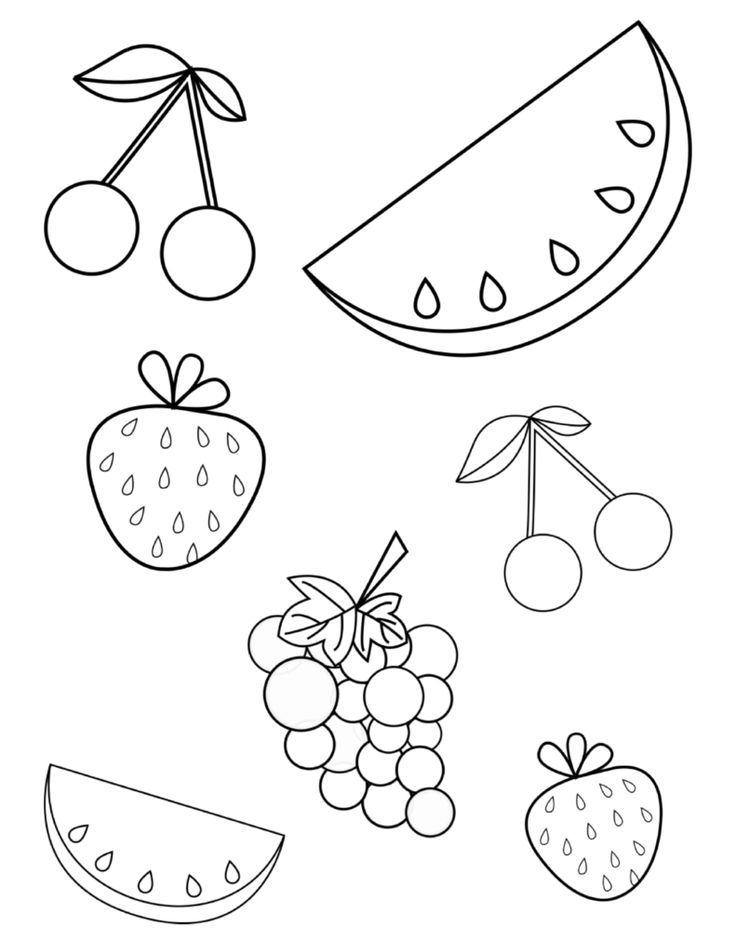 Label sections of the puzzle in numerical order. Cut apart and have your child put it back together again, from Growing in PreK.
Label sections of the puzzle in numerical order. Cut apart and have your child put it back together again, from Growing in PreK. - Use friendly animal crackers to practice counting and number recognition, like I Can Teach My Child.
- Measure objects (or yourself!) and count how big they are, from The Imagination Tree
- Count objects around the house. No Time For Flash Cards wants to know “How many doors do you have?”
- Play any board game, or make your own! Little Family Fun creates a fish race game!
- Count with LEGO! Do Play Learn likes to label a paper with numbers and count out the LEGO next to it.
- Snack time! Use dice and fruit snacks and play until you eat them all up, like Kids Activities Blog.
- Have a bean bag toss on the stairs, number them!
- new
- new
Counting Activities for Preschoolers
One to One Correspondence Activities for Preschoolers
Knowing your numbers is one thing and knowing how to count is another.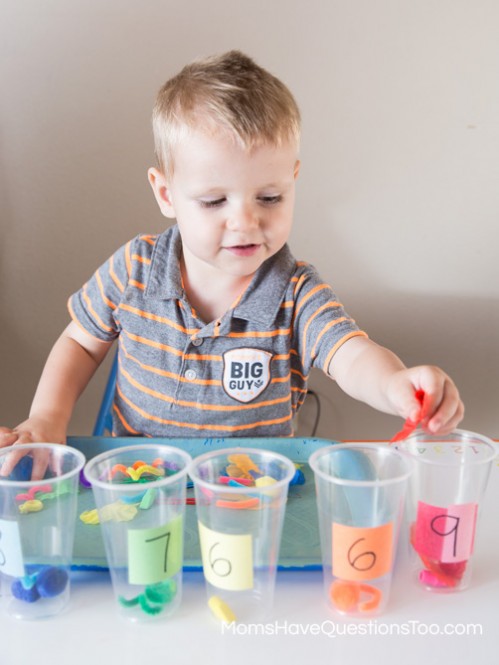 But being able to put them into context that they each have meaning is done with one to one correspondence.
But being able to put them into context that they each have meaning is done with one to one correspondence.
Get ready for preschool with 35 name activities!
I love these 12 number activities that help a preschool practice one to one correspondence.
- Head out into nature and explore flowers. Count and compare flower petals!
- Go on a hunt for a number and match it to its corresponding dots.
- Build towers of blocks on a number mat, with the correct number of blocks high!
- Spark your child’s interest with their interests! A farming approach of loading grain bins with the corresponding number of pieces of “grain.”
- Have a newspaper throwing game and count up the newspaper balls, or how many you make, or miss!
- Make something in the kitchen together, or do an experiment and let your child measure out and do the counting.
- Sort through objects by color, and count how many you have of each!
- Fill a dump truck with objects (like Dominoes!) and count how many you can fit in there, like Inspiration Laboratories.
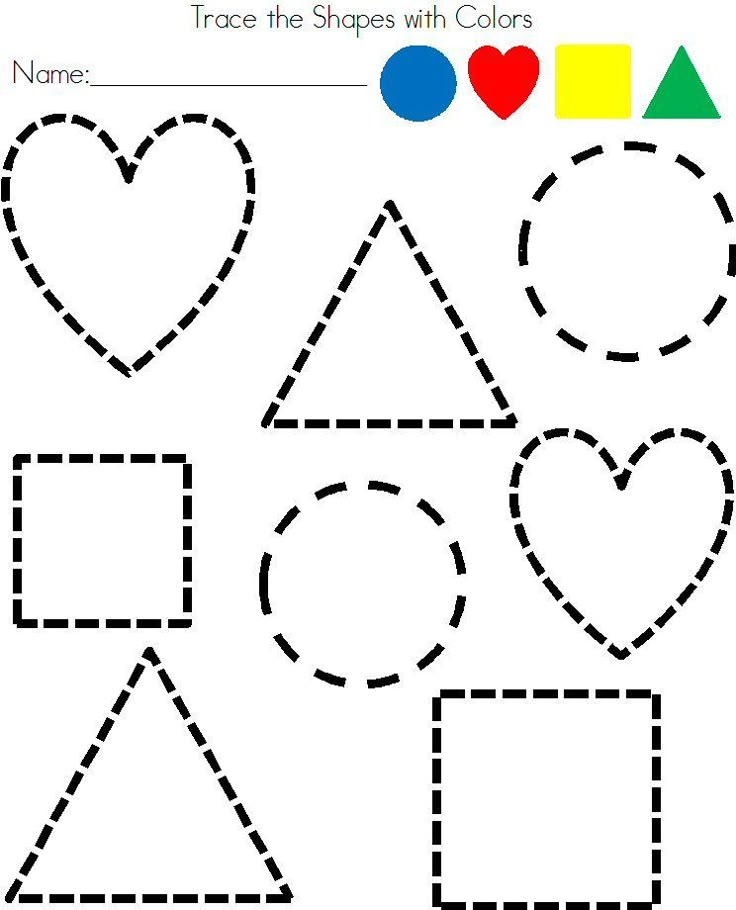
- Estimate first for some fun and then count item, from Teach Preschool.
- Have a counting race in the front yard and pick dandelions in the process!
- Roll a die (or two!) and practice one to one correspondence as kids build towers with blocks.
- Use a dice and small objects (like pom poms or corn kernels) and count them and fill up a tray.
One to One Number Activities for Preschoolers
Counting and number books that will get preschoolers excited about numbers:
- The Baker’s Dozen: A Counting Book
- I Spy Numbers
- One Big Building: A Counting Book About Construction (Know Your Numbers)
Do you actively work on numbers and counting with your child? Share your favorite activities!
SHARE POST
About Jamie Reimer
Jamie learned to be a hands on mom by creating activities, crafts and art projects for her three boys to do. Jamie needed the creative outlet that activities provided to get through the early years of parenting with a smile! Follow Jamie on Pinterest and Instagram!
Reader Interactions
Activities that Hands-on Parents Absolutely Love
Educational ☝️ activities for children aged 3-4, interesting activities and ✍️ development activities for a child at home ☀
Content
- What features of this age group should be taken into account
- What is interesting for kids aged 3-4 years
- What types of activities can be used at home
- What to do with a baby outside the home
- What to do with a baby in the country
- What to do with a baby in the park
- How to play with a baby in a winter park
- What to do with a child 3-4 years old on the road
- Tips for parents on the organization of classes
- What should the parents of the baby 3-4 years old
- Speech development
- Development of motor skills
- Mathematics
- Musical lessons
- Development of logical thinking
- Drawing
Children aged 3-4 years becomes very active.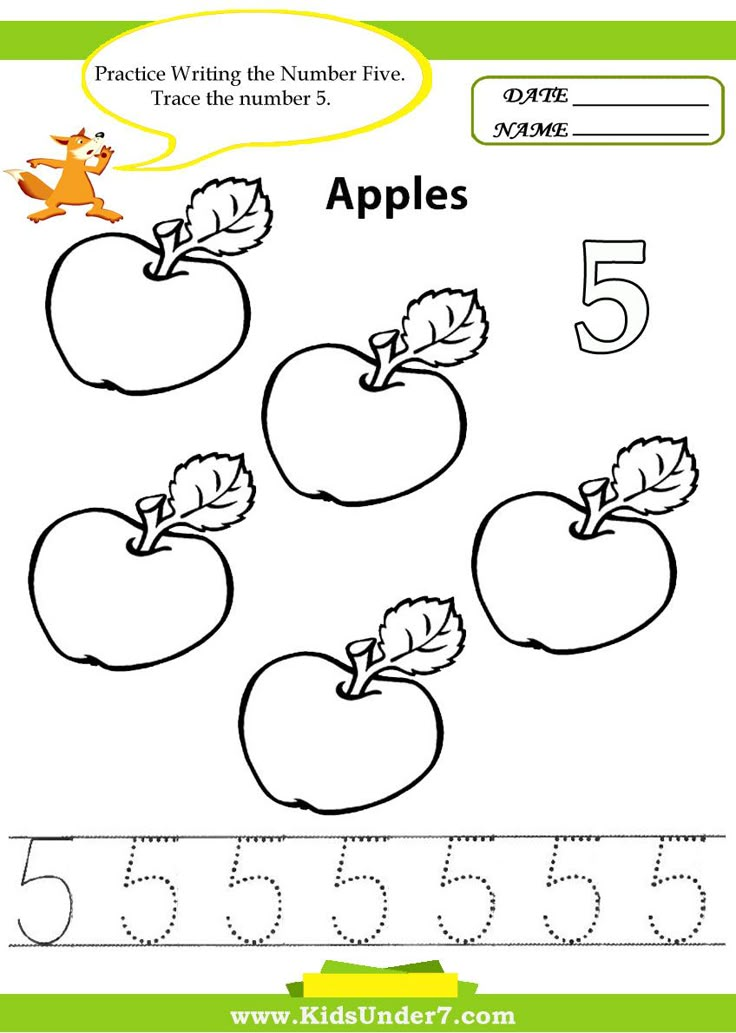 Many mothers are tormented by the question: “What to do with your child?”. After all, the kid should spend time with benefit. At this age, children need to develop, instill in them communication skills.
Many mothers are tormented by the question: “What to do with your child?”. After all, the kid should spend time with benefit. At this age, children need to develop, instill in them communication skills.
Of course, children are all different in character and temperament. Someone aged can play with one toy all day, while someone needs variety in activities.
Please note! When taking a 3-4 year old child at home with something, be sure to be there. Babies at this age should not be left unattended. Be nearby, organize your affairs so that there is a small distance between you and the child.
So, let's take a look at what developmental activities for children aged 3 and 4 are most suitable.
What features of this age group should be taken into account
3-4 years is the period when the baby begins to realize himself. He has a more perfect system of coordination of movements, he begins to move more smoothly.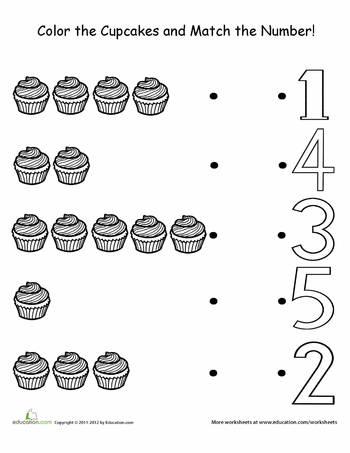
Children show musical talent, they like to dance and sing.
Babies can already play in a company, keep themselves busy with games, they show interest in construction, their vocabulary is growing rapidly. The child begins to use the words that he heard from adults, turns of speech become more difficult, he begins to express his opinion.
Children at the age of 3-4 are already playing with their peersDuring this period, relationships with peers and adults are formed. He becomes a participant in joint games, begins to perceive the rules of behavior in games.
Children at this age have many questions, they gain life experience. The information that a child can absorb during this period is simply colossal in its volume.
And, of course, the task of parents and teachers is to choose such educational games that would help the formation of the personality and skills of the child, both in a children's institution and at home.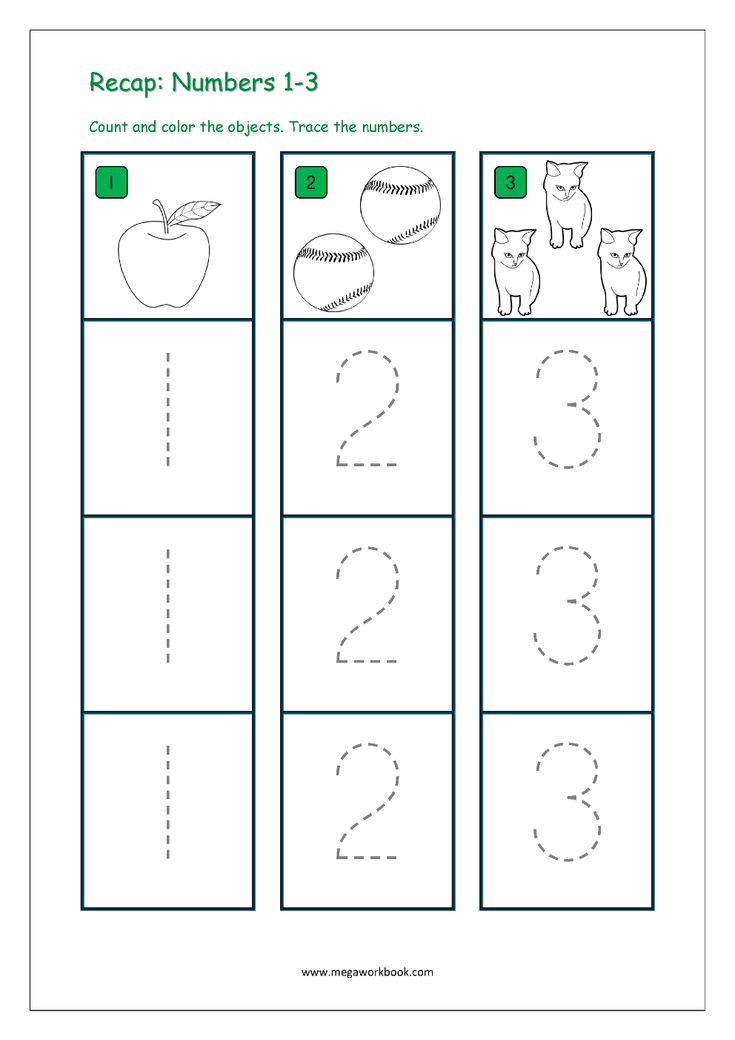
Things to do for toddlers aged 3-4
Ages 3-4 are a great time to develop children's creativity. You can sculpt from plasticine or salt dough. For a child aged 3-4 years, drawing classes are interesting. Young artists with the same pleasure draw with pencils and paint with paints, they like felt-tip pens and colored crayons.
Games for the development of motor skills and imaginationPay attention! Children at this age cannot draw on their own, but they can paint to their liking and within their strength. There are special coloring books on sale, you can print coloring pages from the Internet.
Parents of artists need to be careful, because at the age of 3-4 years, children like to draw not only on paper. They like walls and doors. Drawing boards can be an interesting option. It is convenient to install such a board at home - it takes up little space.
A great idea - a mosaic - a game for creativity At this age, children can be occupied with constructors.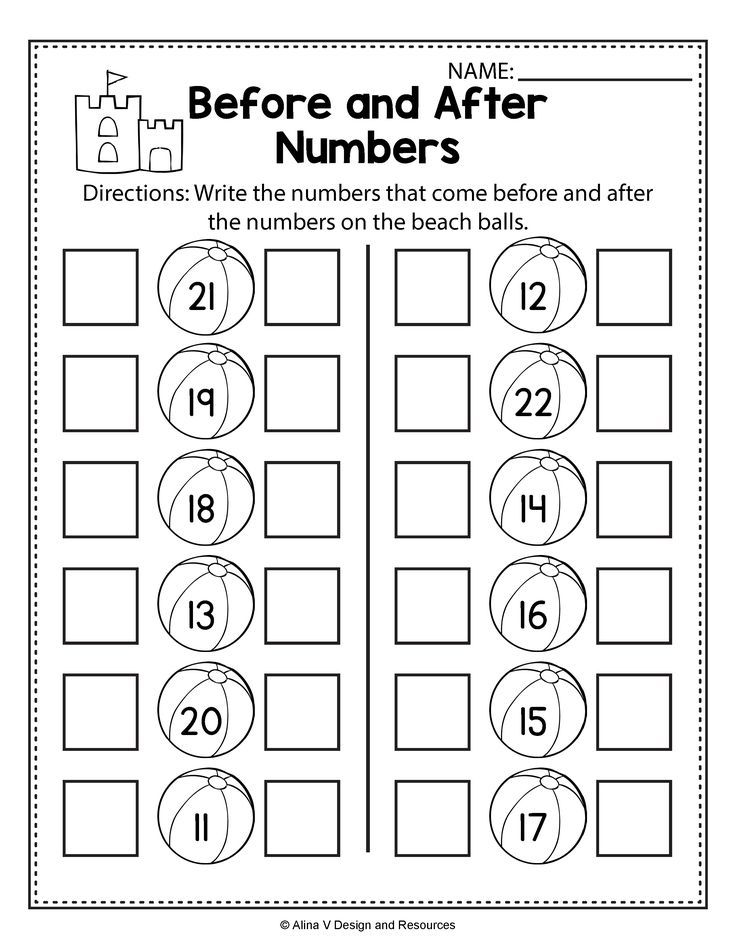 For 3-4 years, constructors made of plastic parts are suitable. Children are especially interested in towers and houses, which they build with pleasure. At home, you can allow children to create houses from improvised materials - pillows, chairs, blankets.
For 3-4 years, constructors made of plastic parts are suitable. Children are especially interested in towers and houses, which they build with pleasure. At home, you can allow children to create houses from improvised materials - pillows, chairs, blankets.
When a child reaches the age of 3-4, parents begin to think about additional developmental education.
Moms and dads choose developing activities, circles or sections for their crumbs. Children are taken to swimming, gymnastics. If you start studying a foreign language, the result will be very good.
But you can work with children outside the home. A child of 3-4 years old is useful to stay in the air.
All children love sandbox gamesOutdoor activities are varied. Children of this age are attracted to the sandbox, where they play and build with pleasure. A playground is a place where a child can play and relax in comfort.
Fine motor skills: 3-4 year olds enjoy laying out mosaic patterns and looking at pictures in books.
They are interested in moving toys.
Activities you can use at home
Here are activities for 3 and 4 year olds that you can use at home:
- Children at the age of three and four love to reproduce the world around them on paper. Prepare pencils or felt-tip pens for drawing with your child. Discuss what he wants to draw, ask what color the objects in his drawing will be. Give him large sheets of paper or even a piece of unwanted wallpaper. The scale will capture your baby, and he will be busy for a long time.
- Before you give pencils, offer him to work with a sharpener - then he will draw more enthusiastically.
- You can keep your child busy with a hole punch. Show how a hole puncher works, let him make confetti from old magazines for the New Year holidays.
- Fun for kids and cutting with scissors. By the age of four, children can cut out simple figures. Make stencils of geometric shapes. Let it cut. And then build an application with it.
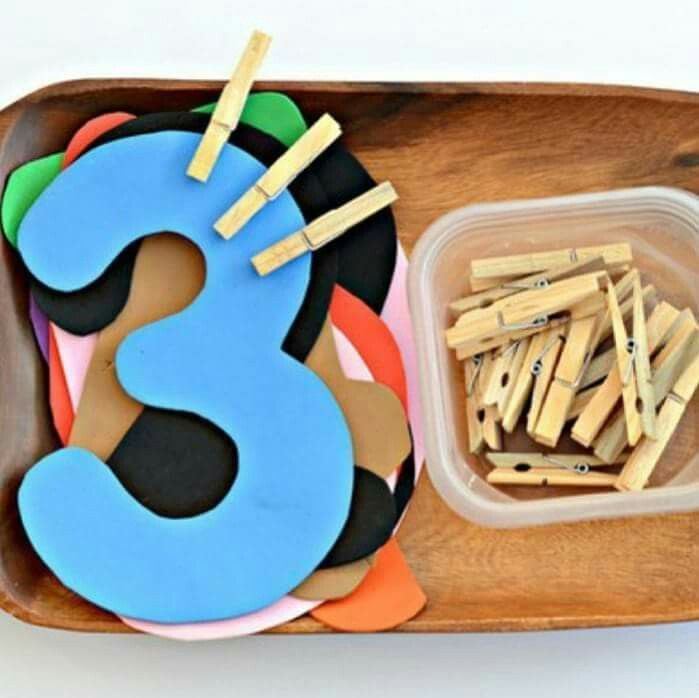 This is a great activity for a child of 3 years old at home - developing.
This is a great activity for a child of 3 years old at home - developing. Developing board can keep a child busy for a long time
- You can give the child stencils of various objects (available on sale, you can make your own from cardboard) or letters. The kid circles the stencil, and then paints.
- It is difficult to force children to sculpt from plasticine alone. Roll up a lot of sausages for him - let him cut into pieces, and then lay out the pattern on a sheet of cardboard.
- Pull the rope, give clothespins and let him hang his things, and then collect them.
- Children are fascinated by working with carbon paper. Show him the technology. Be sure - your child will be engaged in work with interest.
- Kinetic sand will help out parents, children like this activity.
- You can buy stickers for children and give them an album - the child will stick until he uses all the stickers.
- Children can also be occupied with drawing by dots.
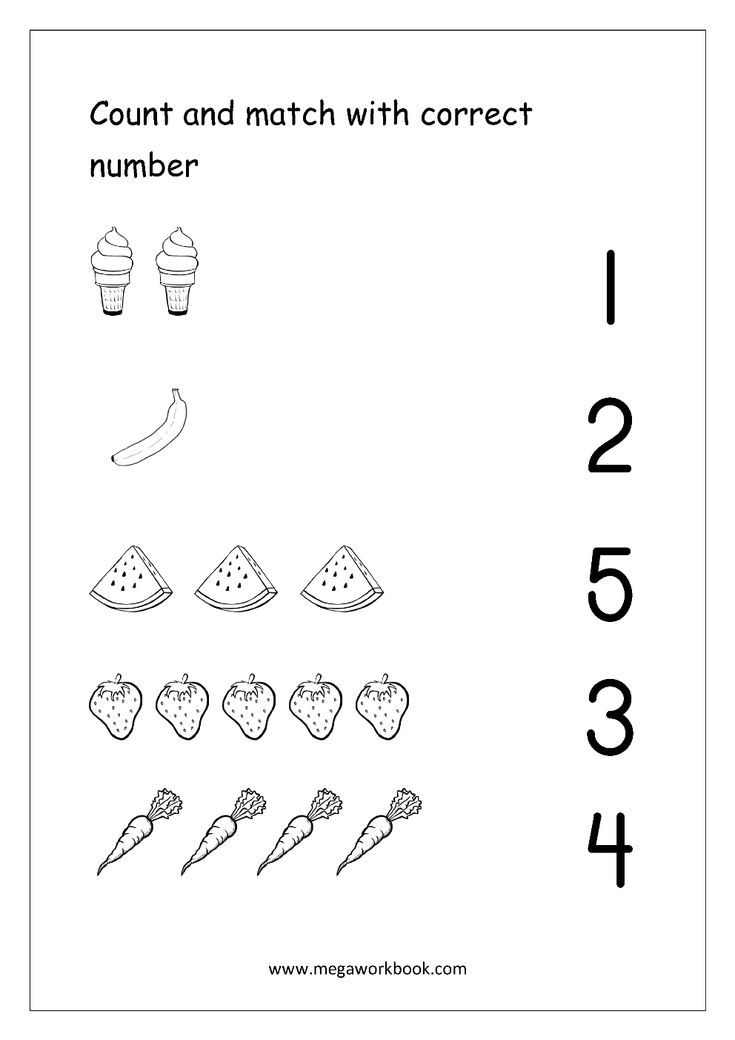 Download these pictures from the Internet.
Download these pictures from the Internet. - Children may be interested in the magnifying glass. Give him small pictures - let him look through a magnifying glass.
- There is an interesting invention - puzzles. Pick up your baby sets according to age and interests. It will take a very long time, rest assured.
Wooden puzzles for children 3-4 years old
Almost all the proposed options are educational: kids are not only busy with exciting and useful activities.
If mom is cooking something out of dough, then give the child a piece - let him make his contribution.
There is another interesting activity: take large beans, pasta and some peas, move them around and let your child sort them into three containers. Play as needed help around the house. Be sure to praise.
In general, the kitchen attracts both girls and boys - fantasize, and your little helper will be happy to complete tasks.
Children in the kitchen will be happy to helpWhat to do with the baby outside the home
Often, being away from home, kids are tormented by the fact that they do not know what to do.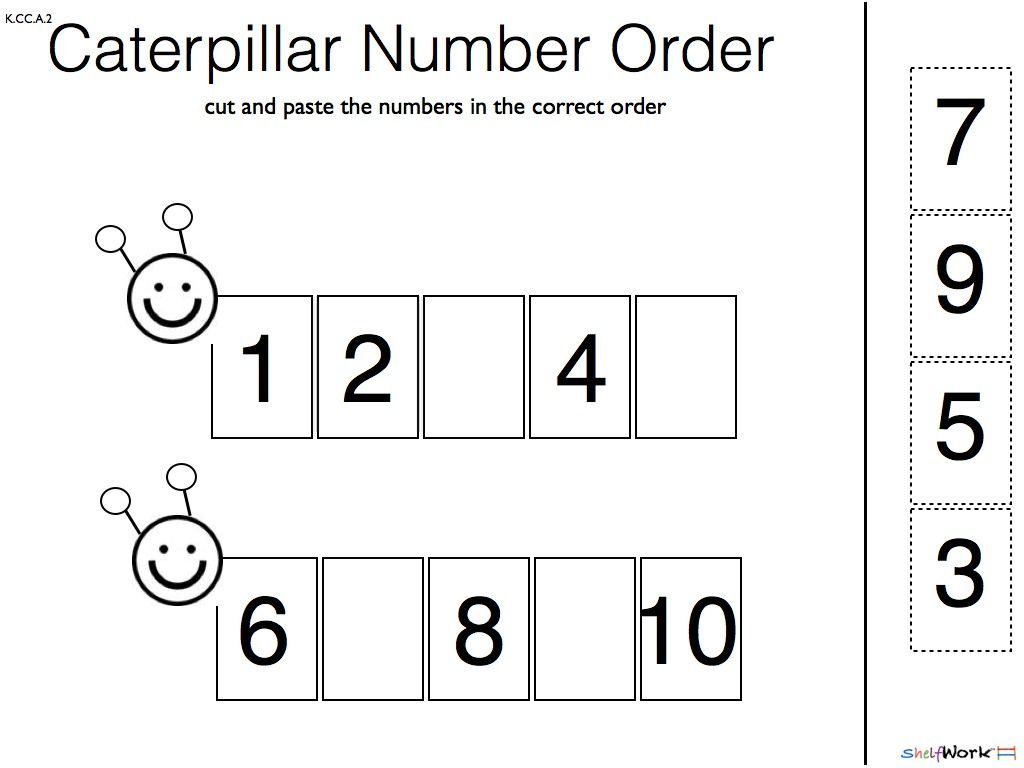 Here are some options for developing activities for children 4 years old and 3 years old.
Here are some options for developing activities for children 4 years old and 3 years old.
In the summer, children aged 3-4 are attracted to the sandbox. All sand games are educational. Building different figures, breaking through the grooves, the baby learns shapes and volumes through the hands. Exposure through the hands has a beneficial effect on speech activity. It is interesting and very convenient to play on the sand:
- Wet sand can be molded into many figures using molds. For example, invite your child to create a sand park or make pies for a puppet dinner;
- on a flat surface, you can "draw" a picture of the sand.
Place plastic skittles or bottles in the clearing and let the child learn to "dribble" the ball between them.
A great idea for a cottage - homemade tracksThere is a mini-ring on the playgrounds, give the ball and offer to throw it into the basket, moreover, from different distances.
Give your child crayons to draw on the pavement.
Show how to draw cells - the kid will be happy to jump on them.
What to do with your baby in the country
It is easy to keep your baby busy in the summer:
What to do in the park
In the autumn park, invite your child to collect a collection of autumn leaves. Before the walk, prepare a bag or box where he will put his treasures.
Another variant of an outdoor game is to offer the kid jogging, for example, to a green bench, to a large stone, to a mountain ash, etc.
How to play with your baby in the winter park
Here are a few options:
- Draw a circle in the snow, mark the center and arrange a competition to hit the target with snowballs.
- Play as a sly little fox that covers its tracks with its tail. Together with the child, find a branch. The kid will walk in the snow and cover his tracks with a twig.
- There is also an interesting game “Who walks how” - the kid depicts the gait of different animals, jumps like a hare, runs like a wolf or a bear.
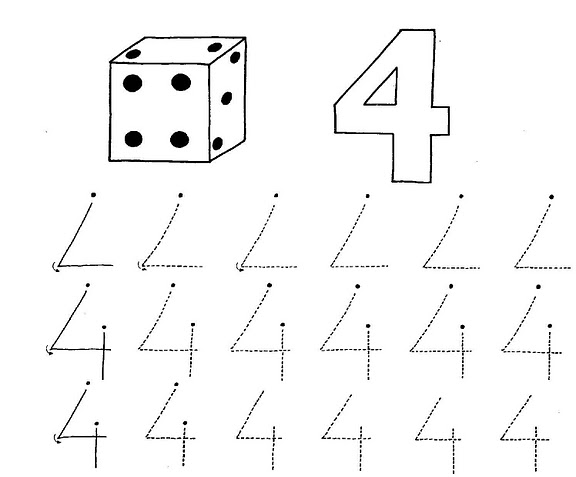
- Draw patterns or bird tracks on the snow.
- You can run along the paths of the park and look for trees that look like different animals.
- At this age, babies begin to learn letters - trample them on fresh snow.
Winter activities - snowballs, sledges, snow removal
How to entertain a 3-4 year old child on the road
It happens that a family with a child of this age has to go on a trip. It is difficult for restless kids to sit still in transport. What can distract him?
- In the car, you can play like this: who will be the first to see the car, for example, red or blue roof.
- You can simply ask to name the objects that he sees.
- Invite your child to observe the clouds - what they look like, how they change.
- Prepare a box of small toys for him to sort and play with. Ask to talk about each.
- Play yes-no. For example, does the kitten bark? The child answers "no".
- Read poems on the way, remember songs for children.
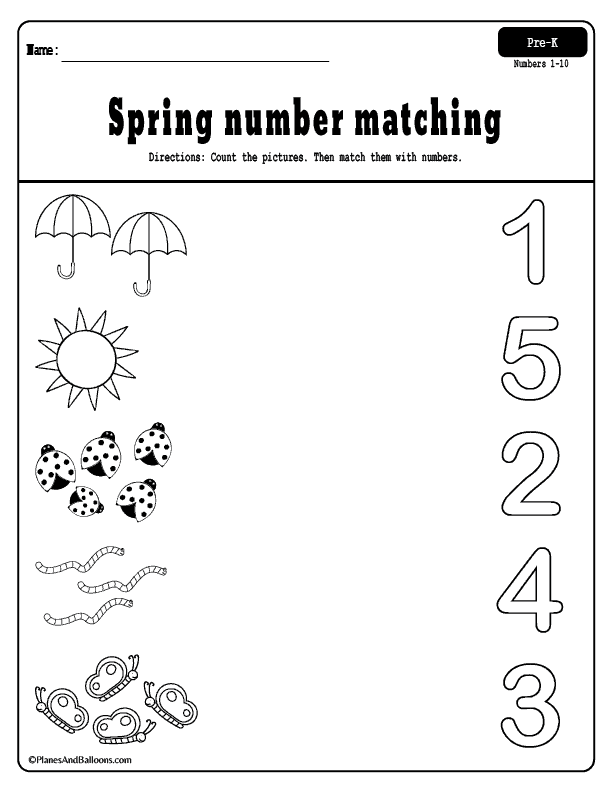
You can safely take felt-tip pens and albums on the train - let the child draw what he sees through the window or depict the train. Give your child a wet wipe to wipe the table and doors.
On the plane let the child look around. It is better to choose places for children near the aisle. So there will be room to stand up if needed. Show him the pillow, the straps, the porthole, the folding table.
You can keep your baby busy with magnetic puzzles - they are designed specifically for trips - they will not crumble. Look in children's stores for games on the road - these are cards and special tasks.
Must Read: How to Develop Creative ⚱️ Imagination in Preschoolers
Tips for Parents on Organizing Classes
Here are some good tips for parents:
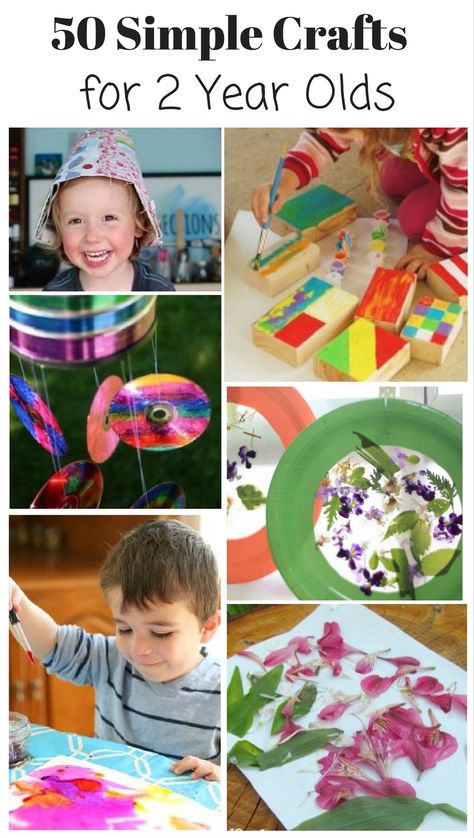
The place to play should be comfortable
What parents of a 3-4 year old baby should know
This is:
- For a baby at this age, peace is an opportunity to move, be active.
- Of course, classes and tasks should be gradually made more difficult, but still, you should also return to simple-type exercises. For example, if a child is sick, he feels unwell, then there is no need to come up with difficult tasks for him.
- Please note that the child in this period of life endows inanimate objects with consciousness.
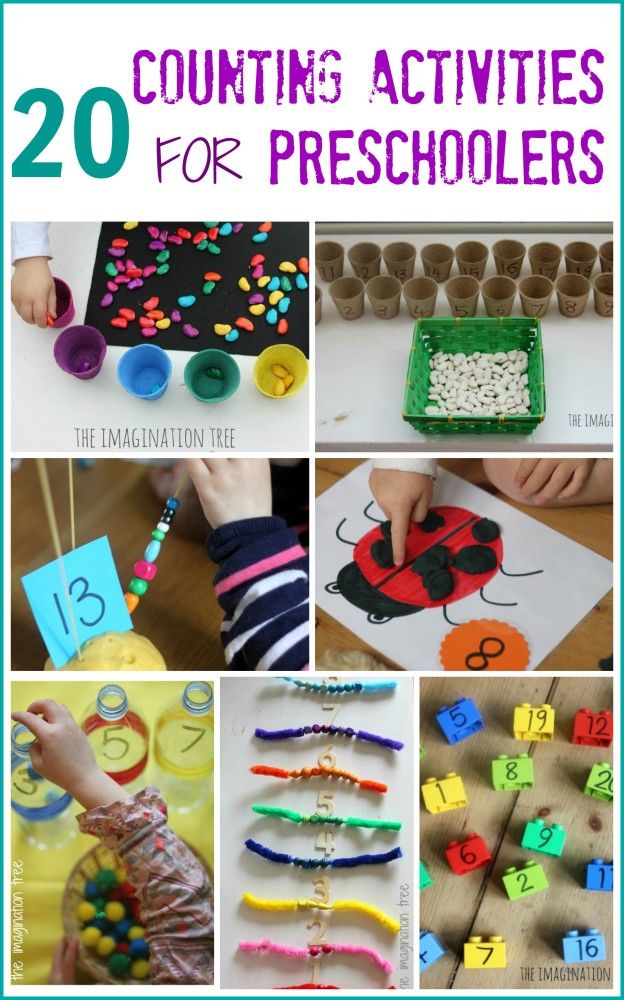
- The child is developing an understanding of the world, so try to ensure that the fundamental concepts are formed correctly.
- Do not rush the baby - he will gradually understand and learn everything.
Speech development
At the age of 3-4, children develop intensive speech - it becomes more complex and expanded, its vocabulary changes. The sentences are getting longer and more complicated. Speech development classes are necessary to expand vocabulary, improve conversational skills, develop the ability to formulate and coherently express one's thoughts. Children learn to build grammatically correct sentences, including complex ones, use prepositions and decline words. At 3-4 years old, many children know and use polite words in speech - “thank you”, “please”, “hello”, etc.
Exercises for the development of speech of younger preschoolers:
- compiling a short story based on a plot picture;
- description of the item from the picture;
- grouping items by feature;
- games using prepositions - moving an object on the table, under the table, etc.
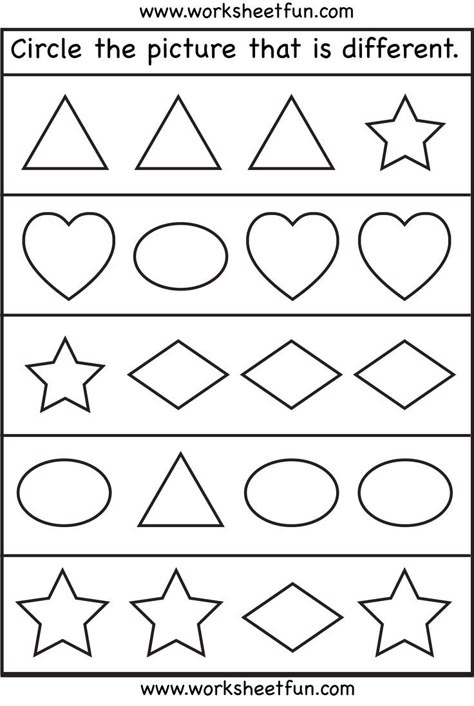 ;
; - study of the characteristics, signs and properties of objects from pictures;
- grouping of objects by purpose;
- retelling of a short fairy tale.
Also, the speech development program for children 3-4 years old should include games that introduce the child to the forms of words in the plural, develop skills in the correct use of forms of verbs, pronouns and prepositions. Assignments should be interesting and appropriate for the age of the child.
At the age of 3-4, children may experience problems in the pronunciation of certain sounds, so articulation exercises will be very useful. You can study at home, with the help of special literature.
Classes for speech development:
Photo: vseprorebenka.ru
Read also: Development of thinking in children and its role: Exercises and tasks for schoolchildren and preschool children 9000 Development of motor skills
It is desirable to start developing fine motor skills from an early age, as it has a significant impact on the development of speech, which in turn is one of the most powerful factors in the overall development of children.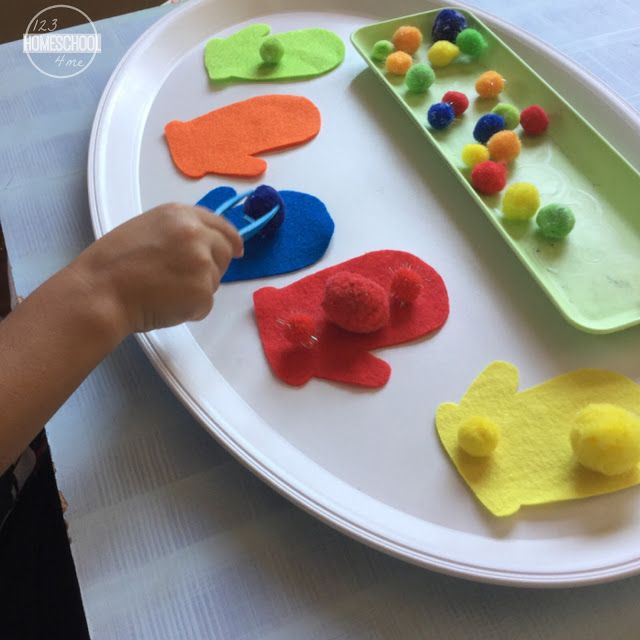 Moreover, fine motor skills are closely related to such mental processes as attention, thinking, coordination, imagination and memory. Exercises for the development of fine motor skills in children aged 3-4 years are very important, since in the future accurate, well-coordinated actions of the fingers and hands will be necessary to master the skill of writing, drawing, household needs (dressing, combing, etc. ).
Moreover, fine motor skills are closely related to such mental processes as attention, thinking, coordination, imagination and memory. Exercises for the development of fine motor skills in children aged 3-4 years are very important, since in the future accurate, well-coordinated actions of the fingers and hands will be necessary to master the skill of writing, drawing, household needs (dressing, combing, etc. ).
Exercises for the development of motor skills of preschoolers:
- finger gymnastics;
- modeling;
- applications;
- drawing;
- various graphic tasks - hatching, stroke;
- games with lacing.
Children at 3-4 years old, as a rule, pay attention to bright objects and pictures, so it is desirable to use interesting didactic material in the process of studying with children both in preschool institutions and at home.
Motor activity in pictures
Interesting: How to help your child speak.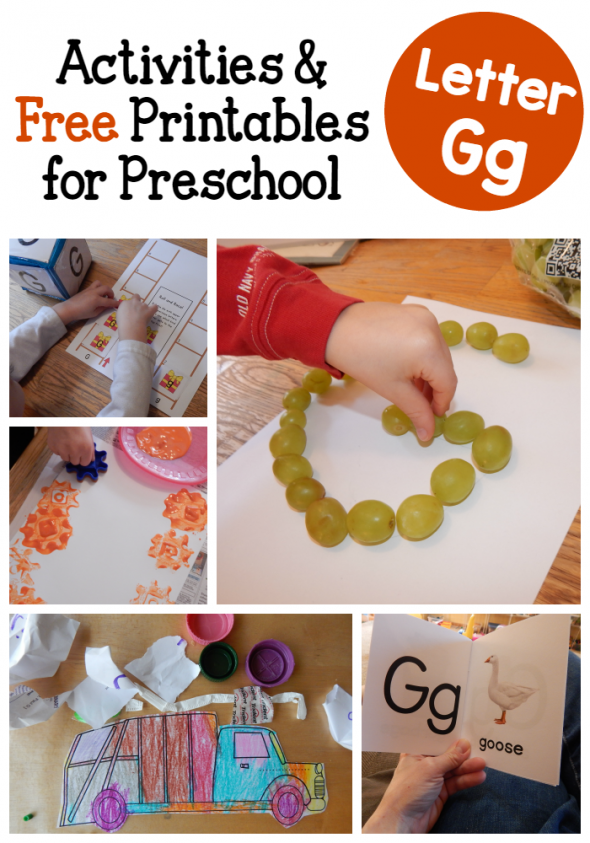 If you have already tried everything, but nothing helps
If you have already tried everything, but nothing helps
Mathematics
At 3-4 years old, most children can count to 5, understand the concepts of “big”, “small”, “top”, “bottom”, they know simple geometric figures.
Exercises:
- count the number of certain objects in the picture and find the corresponding graphic representation of the number;
- selectively count only apples or only pencils;
- show the smallest and largest item in the picture;
- indicate shapes in the picture - a circle, a square and a triangle.
Tasks that require perseverance and concentration of attention from children should be alternated with active, outdoor games in order to avoid overworking the child and maintain interest in classes. At 3-4 years old, it is difficult for children to keep their attention in one lesson. It is necessary to take this feature into account and develop a training program in accordance with it.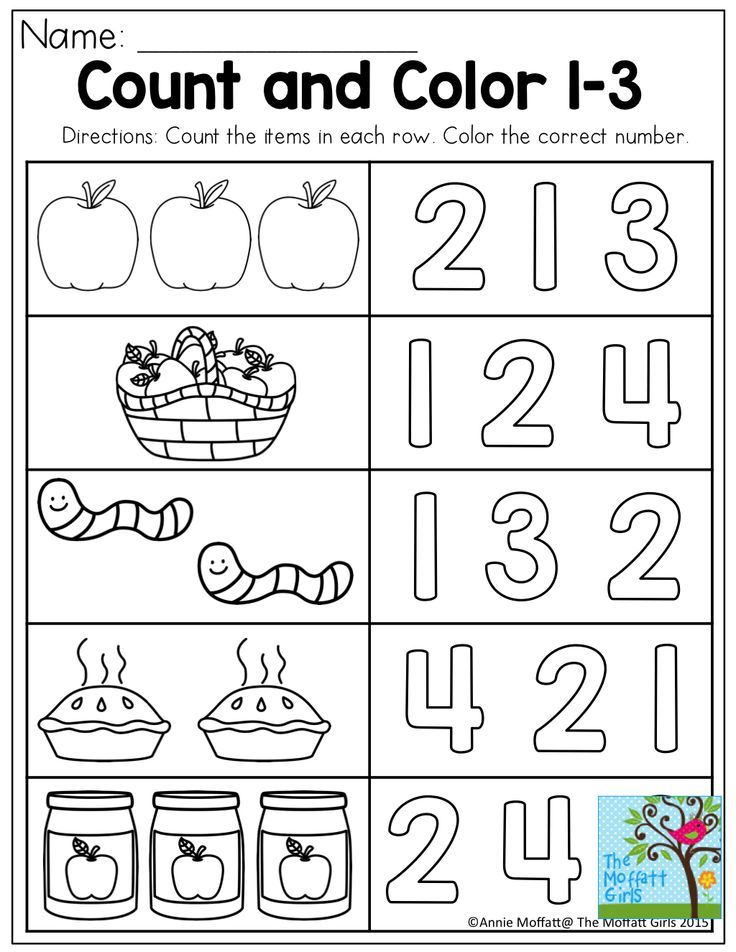 At home, you can teach a young child elementary mathematical operations by doing everyday things and using improvised materials.
At home, you can teach a young child elementary mathematical operations by doing everyday things and using improvised materials.
Activities for developing math skills.
Interesting: How to help your child fall in love with mathematics: 8 ways to turn boring into exciting
Music lessons
Music lessons are very important for the full and comprehensive development of children 3-4 years old. They develop auditory attention, the ability to feel the rhythm and navigate in space. Children learn to express the character and mood of music through movements and facial expressions. The musculoskeletal system, plasticity, and coordination of movements develop.
While dancing, children not only master various movements, but also create a certain artistic image, taking into account the nature and mood of the piece of music. Dance is an excellent means of early aesthetic and artistic development of a child. Rhythm classes are recommended to be included in the training program for 3-4 year old children with intellectual disabilities and speech problems.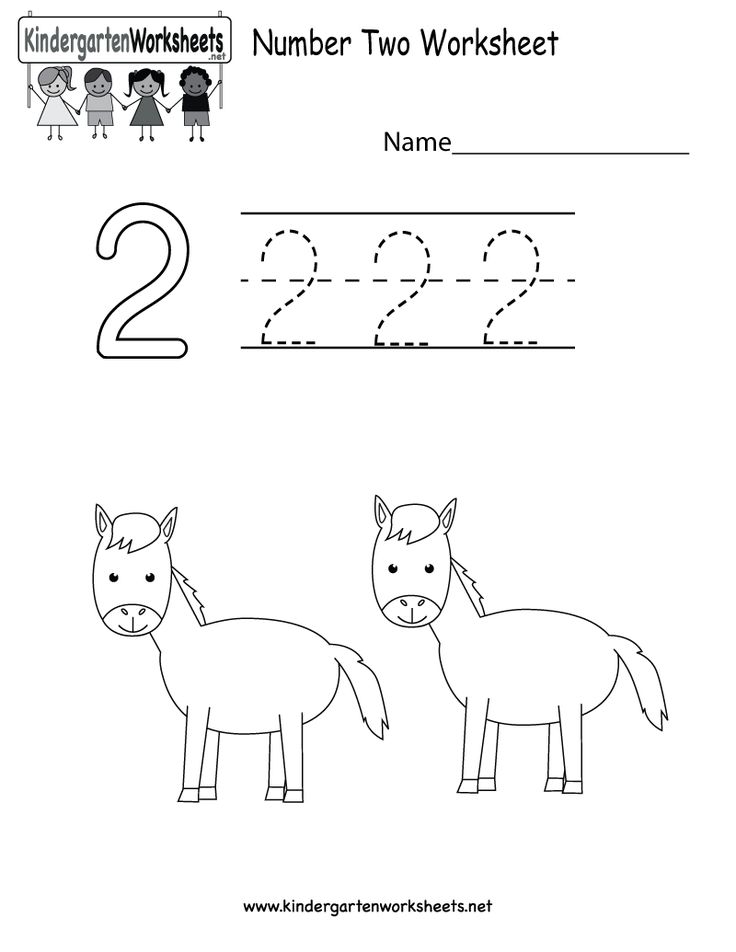 Classes include:
Classes include:
- simple speech and movement exercises;
- songs, poems;
- finger and articulation gymnastics;
- dances with a well-defined rhythm;
- the study of musical instruments and their sound;
- outdoor games.
Dancing and simple dance exercises are effective methods for training the child's body. They help relieve emotional stress, relax, develop a sense of rhythm, contribute to the formation of good posture and gait, dexterity and smoothness of movement. Almost all children love to dance from an early age, so classes bring them a lot of positive emotions and cheer up.
Tasks:
Read on the topic: The influence of music on child development
Development of logical thinking
logical thinking develops. At 3-4 years old, children, as a rule, are able to assemble puzzles or cut pictures from 3-4 parts, identify an extra object in a group or find a pair for an object, know some professions, types of transport, navigate the time of day.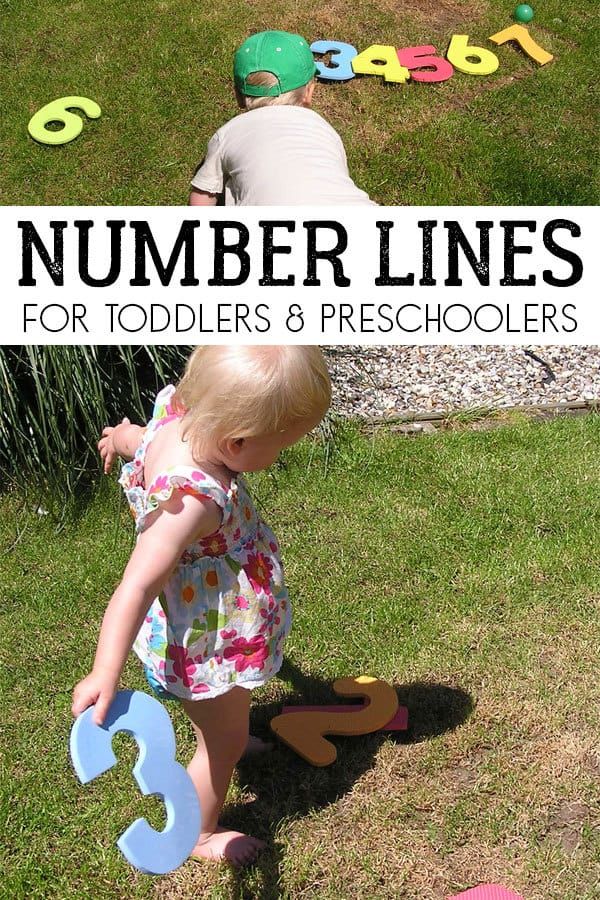
Exercises for the development of logical thinking:
- find differences in two similar pictures;
- identify items in the pictures that belong to the same group - dishes, clothes or toys;
- compare objects by size, color and shape;
- assemble a simple picture from 3-4 parts;
- identify the similarities and differences between two subjects.
Logic games teach a child to compare objects, analyze their properties, establish cause-and-effect relationships and make their own conclusions about various phenomena. During the game, the child learns to calculate the course of events and draw conclusions.
Tasks:
Interesting: The development of logic in children 5-8 years old. Oral activities that can be done on the go
Drawing
Drawing activities are good for developing motor skills, imagination, creativity, fantasy and imagination. In the process of drawing, the child gets acquainted with different colors, experiments with lines and shapes, and studies the properties of materials.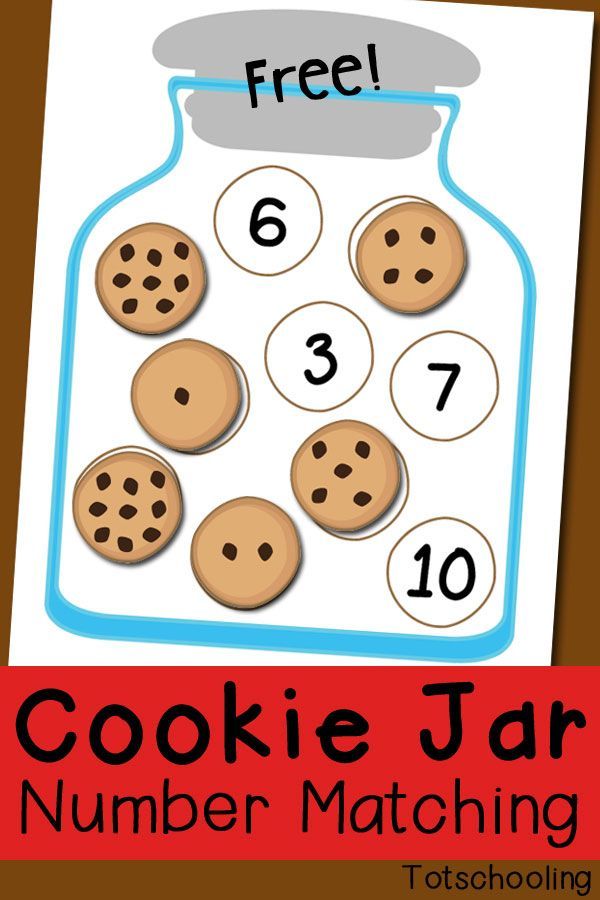 For children aged 3-4, this is especially important, since it is at this age that children learn the simplest mathematical concepts, get acquainted with the shape, size and color of objects.
For children aged 3-4, this is especially important, since it is at this age that children learn the simplest mathematical concepts, get acquainted with the shape, size and color of objects.
Exercises:
- draw in points;
- color according to the pattern;
- fill in hatching.
Drawing is an exciting, interesting activity that develops artistic taste and enriches children's knowledge. It helps to prepare the child's hand for writing and introduce him to the basic geometric shapes.
Classes with children of 3-4 years old, both in a preschool institution and at home, should be held in a playful and friendly atmosphere. Assignments must be age appropriate. It is very important to encourage efforts and help the baby if some tasks cause him difficulties. It is necessary to form a positive attitude towards classes in the child in order to maintain cognitive activity. In view of the peculiarities of the development of children aged 3-4 years, it is recommended to alternate mental, creative and physical activities in order to prevent overwork of the child.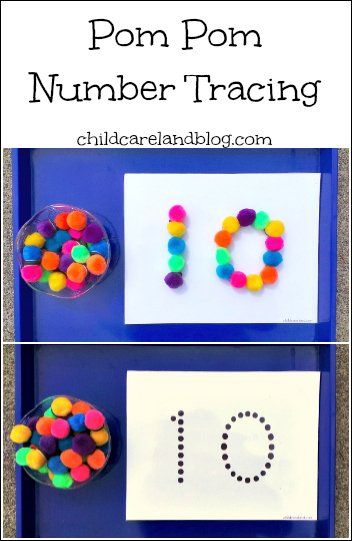
A child needs love, parents' patience and attention. Then he will perform any task with pleasure.
☀ Developing interesting ☀ Classes for children 4 5 years old ☀
Content
- Mathematical
- Basic geometry
- digits and numbers
- equality and inequalities
- concentration of attention and memory
- Understanding speech
- Compliance with grammar rules
- Transition to a foreign language
- Sports
- Video. Interesting activities for children 4-5 years old
Activities for children 4 years old must be not only educational, but also exciting. Remember that at 4 years old, the baby is not yet able to sit in one place for a long time (usually routine tests that require more than 40-50 minutes to pass are a difficult test for the child), so the presence of physical education (approximate exercises can be seen below) is mandatory.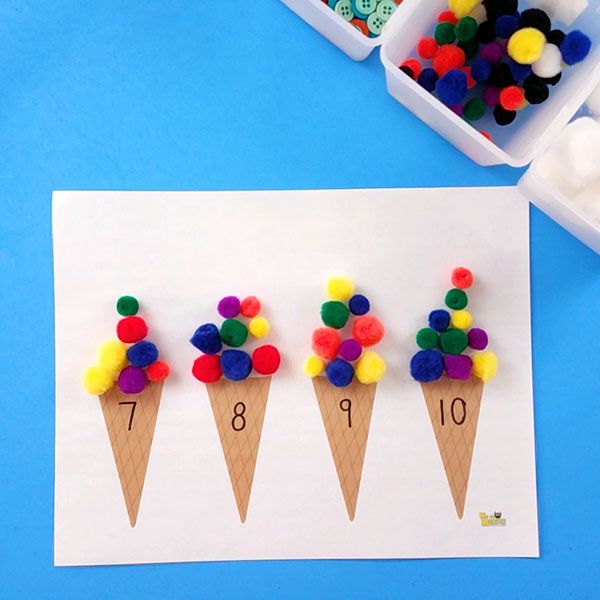 What activities are recommended for a 4-year-old child?
What activities are recommended for a 4-year-old child?
Mathematical
It is at this age that it is worth preparing the child for school. In order for the lessons in the educational institution to be easily absorbed by children, it is recommended to spend time on mastering the following topics:
Basic geometry
position in space (for example, if the figures are arranged in a row, then the baby should be able to say which figure is before or after the selected one).
Studying geometric shapesMaterials to help with practice: dotted drawings of geometric shapes, colorful charts of geometric shapes with real-life examples (e.g. triangular piece of cake, round button, etc.), charts with groups of geometric shapes, game “find extra figure.
Numbers
A child needs to learn how to count to at least ten (preferably forward and backward) and how to write numbers as accurately as possible.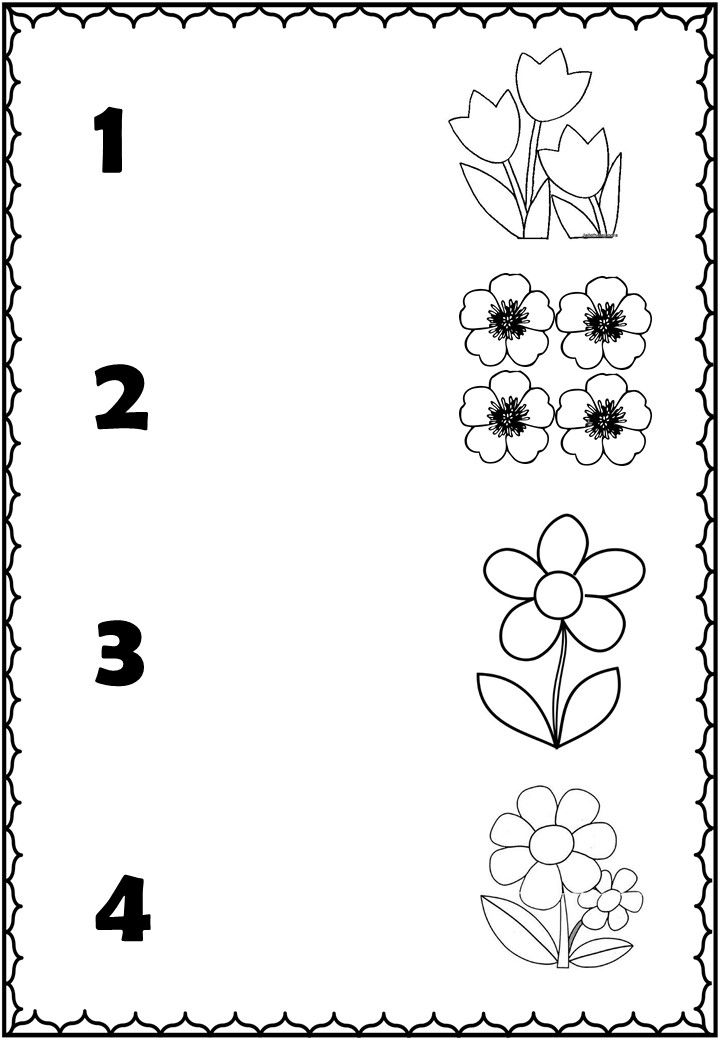 Usually, the following materials are used for teaching at home: copybooks, puzzles, simple examples. In order to teach a child to correlate an abstract number with real objects, it is better to use children's favorite toys (for example, cars for boys and dolls for girls), or special counting sticks from which you can add all kinds of figures.
Usually, the following materials are used for teaching at home: copybooks, puzzles, simple examples. In order to teach a child to correlate an abstract number with real objects, it is better to use children's favorite toys (for example, cars for boys and dolls for girls), or special counting sticks from which you can add all kinds of figures.
Equalities and inequalities
The kid needs to understand the basic principles of comparison (greater than, less than or equal to) and learn how to create equal sets on his own. As in the previous case, it is better to use not boring black-and-white developmental tests, but favorite toys actively used by children (for example, you can play a fairy tale with children in which the main characters go to a holiday where there are only two tables, and you need to share the whole group into two equal parts).
Logic
The development of logic is extremely important, since the child has 2-3 years before school (according to psychologists, 4 years is the most suitable age for the child to master the necessary logical concepts).
Task Logical series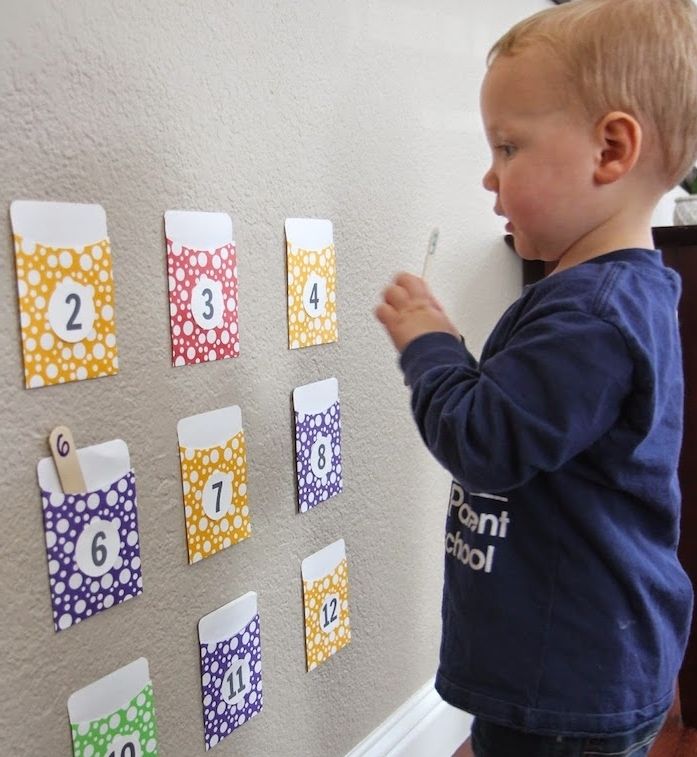
Teachers recommend that parents perform developmental exercises on the following topics:
Similar or different
The kid should be able to find matches or differences in the picture. Any pictures (preferably with a small number of elements so as not to confuse the child), carefully corrected in a graphics editor, will serve you as a very good material for studying on this topic for 1-2 years (you just need to replace the elements in the original image).
If you don't want to make your own materials, you can purchase special educational books.
Find the common
The kid must find the general quality of some group of objects (dishes, blue objects, objects with a certain letter, and so on), and also calculate an extra object (for example, a wild animal from a group of domestic ones). For classes at home, a set of developing cards is usually used as materials.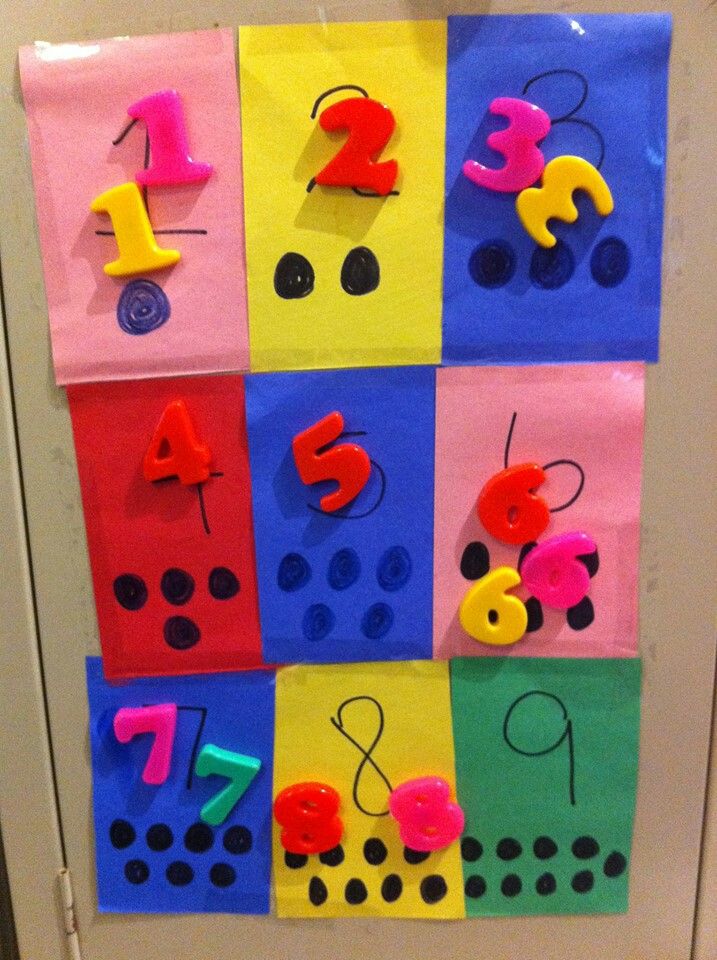 If you want to conduct lessons in nature, then use the entire environment as examples: for example, a green spruce would be superfluous in a group of yellow birches.
If you want to conduct lessons in nature, then use the entire environment as examples: for example, a green spruce would be superfluous in a group of yellow birches.
Find an error
The kid must find errors both in the pictures and in the spoken text (for example, “I like to sled in the summer”). As teaching materials, you can use both self-made drawings (it is better to take pictures for the age of 2-3 years, since they do not contain many small details), and special educational aids.
Attention and memory concentration
The kid should not be distracted from the task they are performing for 5-10 minutes (while the lessons do not exceed 40-50 minutes in duration), in addition, the kid should remember the recently read or heard information. If you want to study at home, then you can use self-made cards (it is desirable that the images are as simple as possible. Multi-colored or black and white geometric shapes are suitable for a start): first, the baby looks at them for a while, and then lists the depicted objects from memory.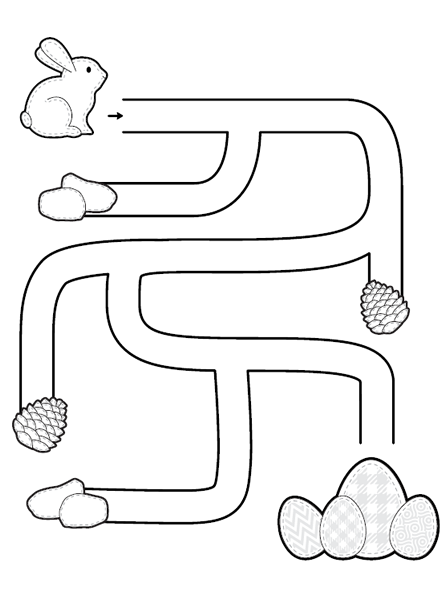
No additional materials are needed for outdoor activities: at any time of the year you can use the objects around you: in winter - made snowmen, in autumn - colorful leaves.
Speech
At the age of 4, the baby especially needs communication. That is why you should pay attention to the exercises on the following topics:
Understandable speech
A child needs to know at least a thousand words (if you are not sure about the baby’s vocabulary, you can take tests to determine it), as well as building simple sentences . It is convenient to deal with this topic with the help of word games (for example, riddles, charades, danetki, and so on).
Tasks for the development of speechCompliance with grammatical norms
The kid should not get confused in prepositions, genders and numbers of objects. If you observe “falling” words in a child, then it is best to correct errors by using cards.